Mid-century modern exterior design represents the perfect marriage of form and function, creating homes that feel both timeless and refreshingly contemporary. This architectural movement, which flourished from the 1940s through the 1960s, revolutionized how we think about outdoor living and home design. The style emphasizes clean geometric lines, natural materials, and seamless integration with the surrounding landscape. These homes typically feature flat or low-pitched rooflines, expansive glass windows, and open floor plans that blur the boundaries between indoor and outdoor spaces. Natural materials like wood, stone, and brick take center stage, often left in their authentic state to showcase their inherent beauty. The color palette tends toward earth tones and neutrals, punctuated by bold accent colors that reflect the optimistic spirit of the era. Whether you're renovating an existing mid-century home or drawing inspiration for a new build, these design ideas will help you capture the essence of this iconic architectural style.
1. Flat Roof Contemporary Design
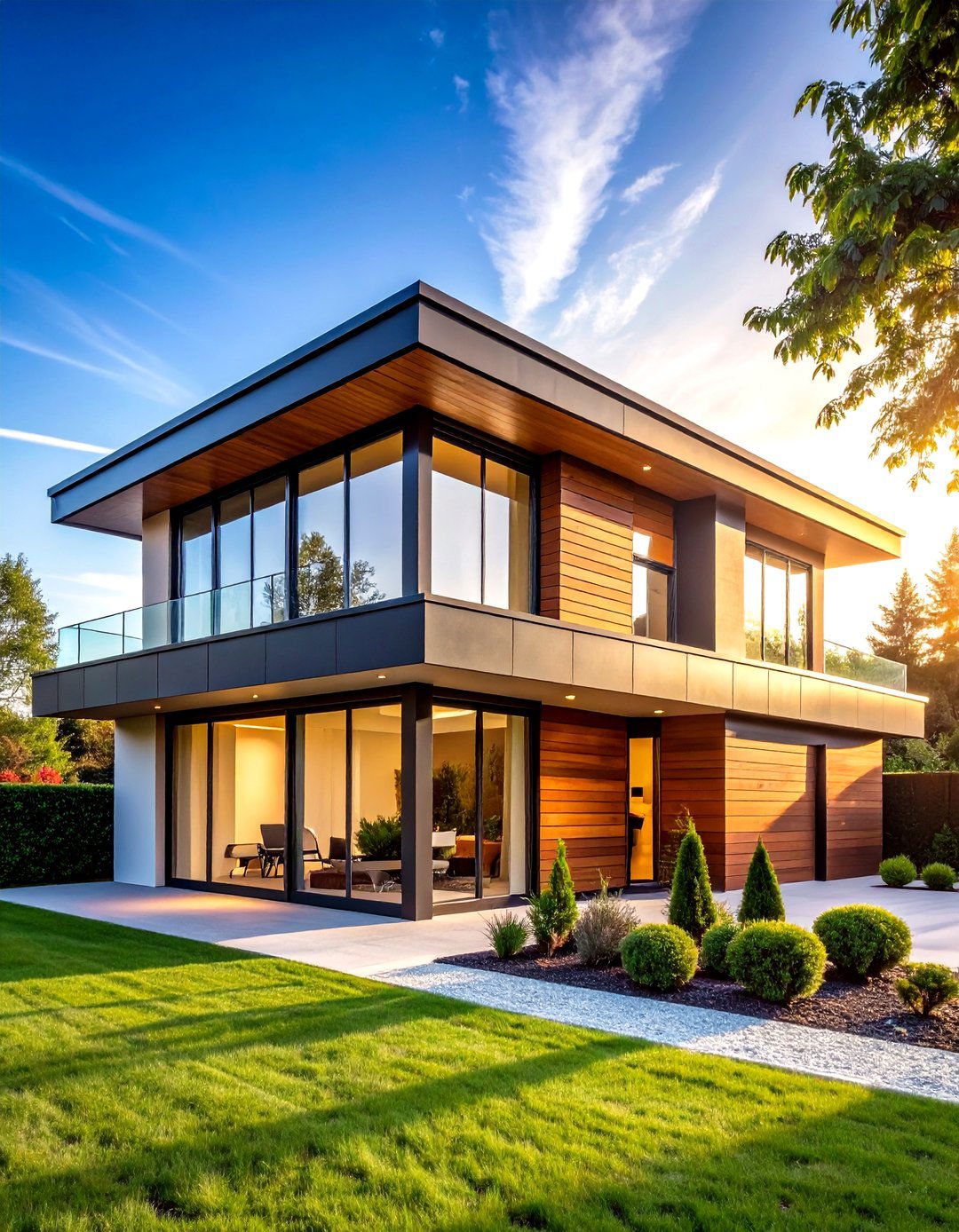
A flat roof serves as the quintessential signature of mid-century modern architecture, creating sleek horizontal lines that define the home's silhouette. This design element immediately establishes the modernist aesthetic while providing practical benefits like additional outdoor space and simplified construction. The key lies in ensuring proper drainage through subtle slopes that aren't visible from street level. Modern waterproofing materials like PVC or TPO membranes offer superior protection compared to traditional tar and gravel systems. Consider adding rooftop gardens or solar panels to maximize the flat surface functionality. The clean, uninterrupted roofline works particularly well with floor-to-ceiling windows and creates dramatic overhangs that provide natural shading for interior spaces.
2. Butterfly Roof Architecture
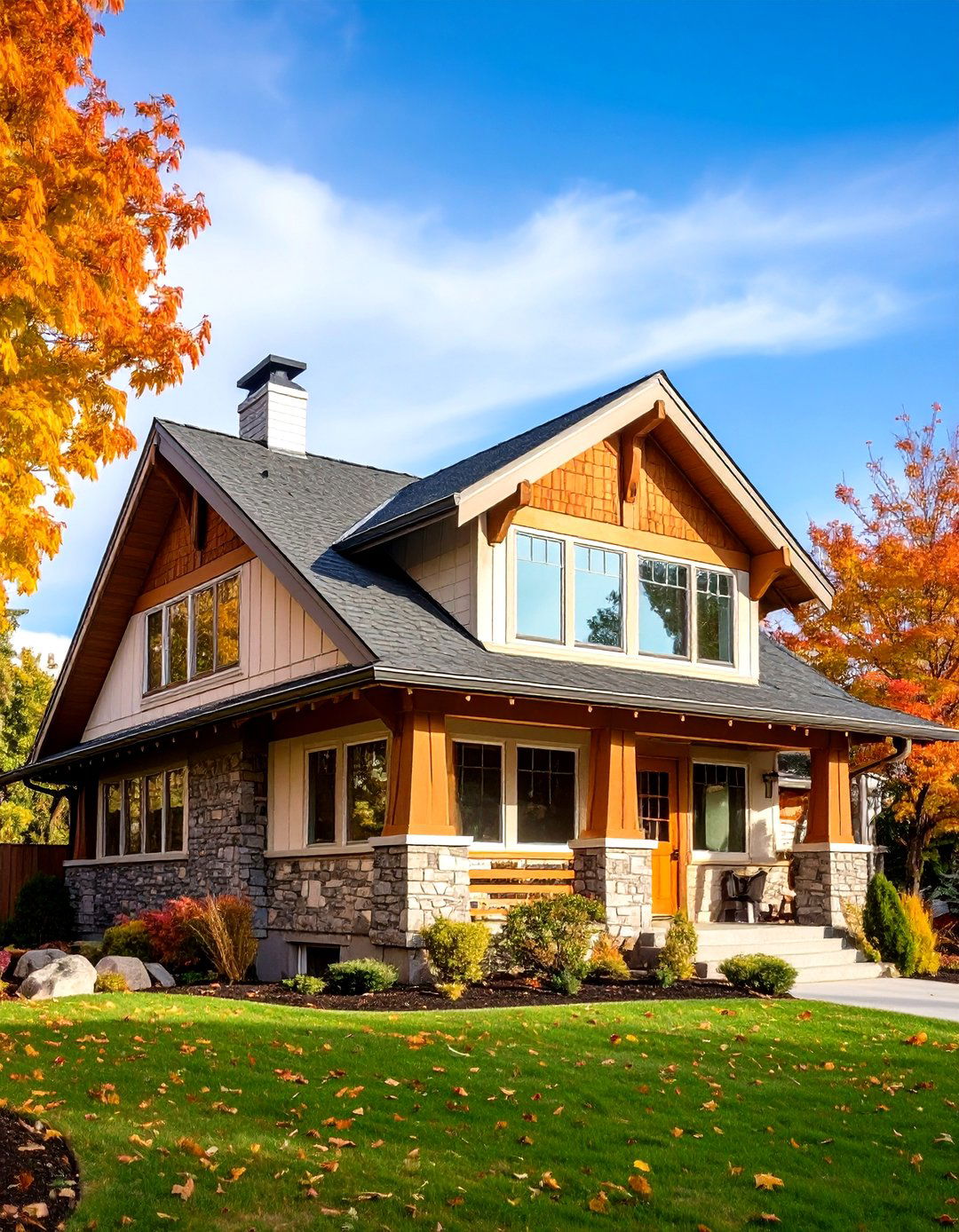
What makes a butterfly roof so visually striking in mid-century design? This inverted design creates two upward-angled sections that meet at a central valley, resembling wings in flight. The dramatic angles not only provide architectural interest but also serve functional purposes by creating space for high clerestory windows along the peak. These windows flood interior spaces with natural light while maintaining privacy from neighboring properties. The butterfly roof works exceptionally well with post-and-beam construction, emphasizing the structural elements that define mid-century aesthetics. When properly executed, this roofline becomes a bold statement piece that sets your home apart while honoring authentic period design principles.
3. Horizontal Wood Siding Placement
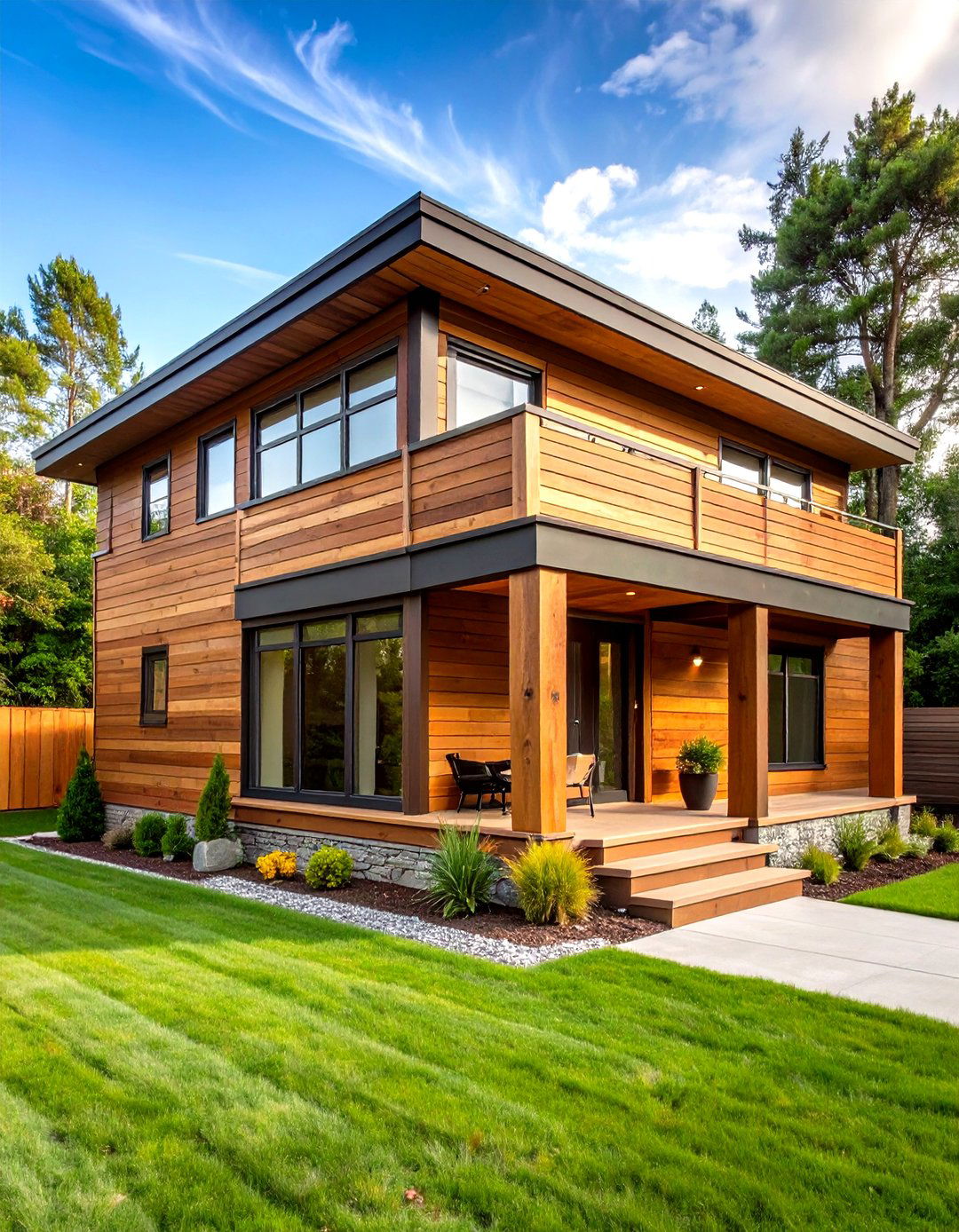
Horizontal wood siding epitomizes the mid-century emphasis on natural materials and clean lines. Cedar, redwood, or teak planks installed with minimal gaps create seamless surfaces that highlight the home's low-slung profile. The horizontal orientation echoes the flat rooflines and emphasizes the connection to the landscape. Choose wider planks for a more contemporary feel or traditional narrow boards for authentic period accuracy. The wood's natural weathering adds character over time, developing a silvery patina that complements the modernist aesthetic. Board-and-batten vertical applications can provide striking contrast when used as accent elements on specific wall sections or around entry areas.
4. Stone Accent Wall Features
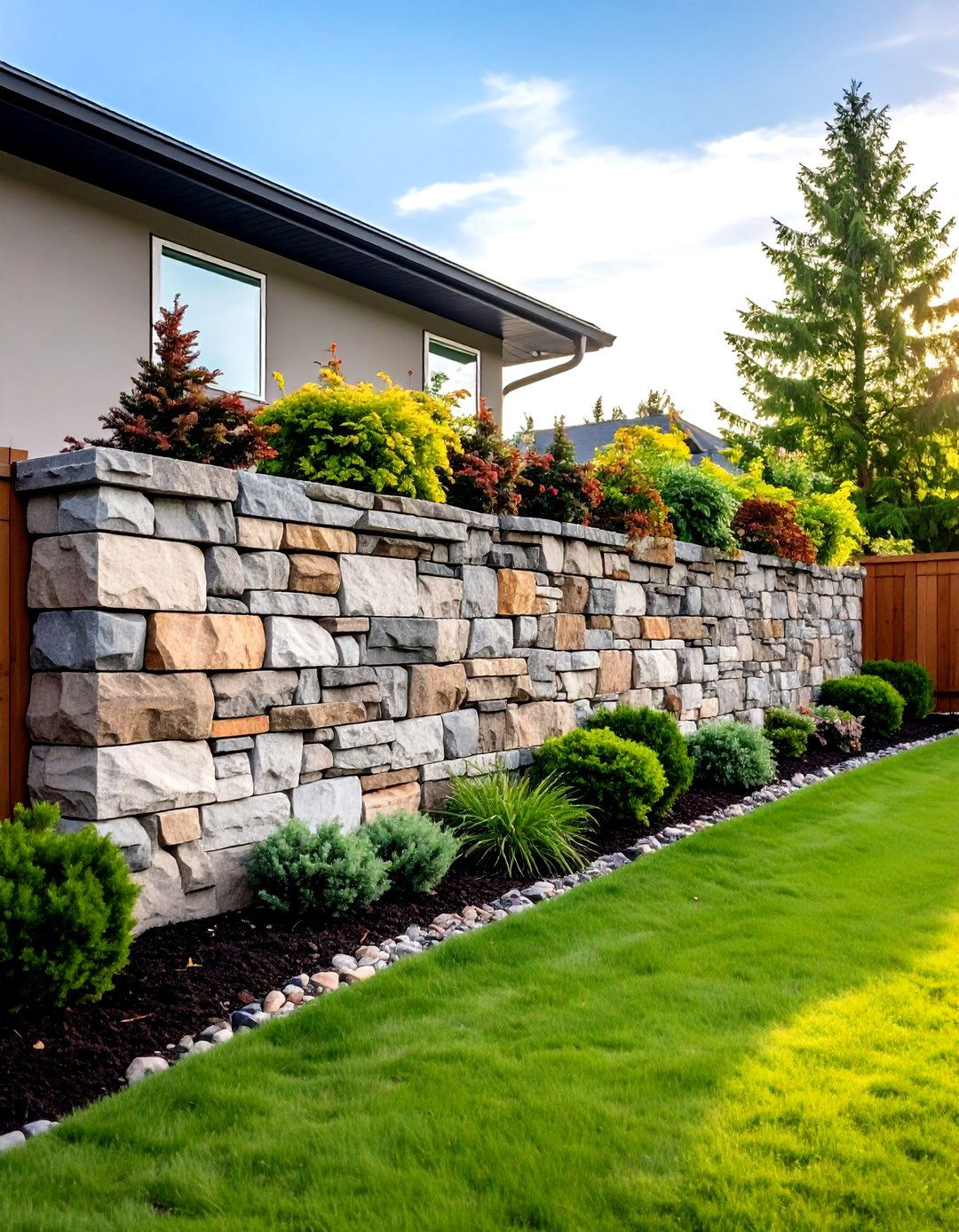
How can natural stone transform your mid-century exterior from ordinary to extraordinary? Stone accent walls provide textural contrast against smooth surfaces while grounding the home in its natural setting. Popular choices include stacked fieldstone, flagstone, or manufactured stone veneer that offers consistent appearance with easier installation. These walls work beautifully as privacy screens, retaining walls, or dramatic backdrops for entry courtyards. The organic irregularity of stone balances the geometric precision of mid-century design. Choose stones with colors that complement your overall palette – warm sandstones for earth-tone schemes or cool gray limestone for more neutral approaches. Strategic lighting can highlight the stone's texture during evening hours.
5. Floor-to-Ceiling Glass Windows
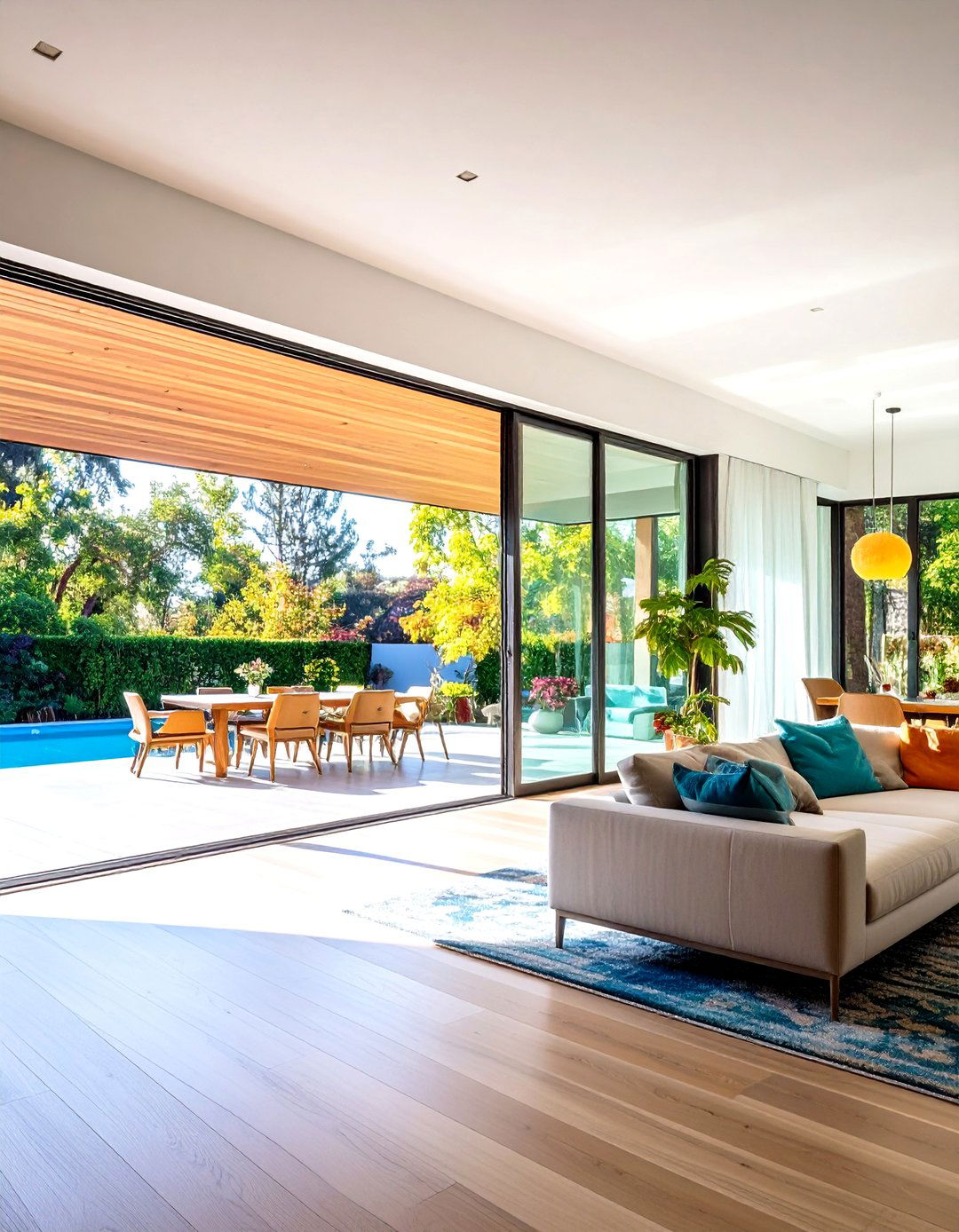
Expansive glass surfaces represent the heart of mid-century philosophy, dissolving barriers between interior and exterior environments. Floor-to-ceiling windows create dramatic visual impact while flooding living spaces with natural light throughout the day. Modern glass technology offers superior energy efficiency compared to original installations, with low-E coatings and insulated units that maintain comfort year-round. Consider the orientation carefully – south-facing windows maximize winter sun while proper overhangs prevent summer overheating. Sliding glass doors extend the window wall concept and provide seamless access to outdoor living areas. The transparency creates stunning sight lines through the home and showcases carefully planned landscaping as living artwork.
6. Brick Facade Modernization
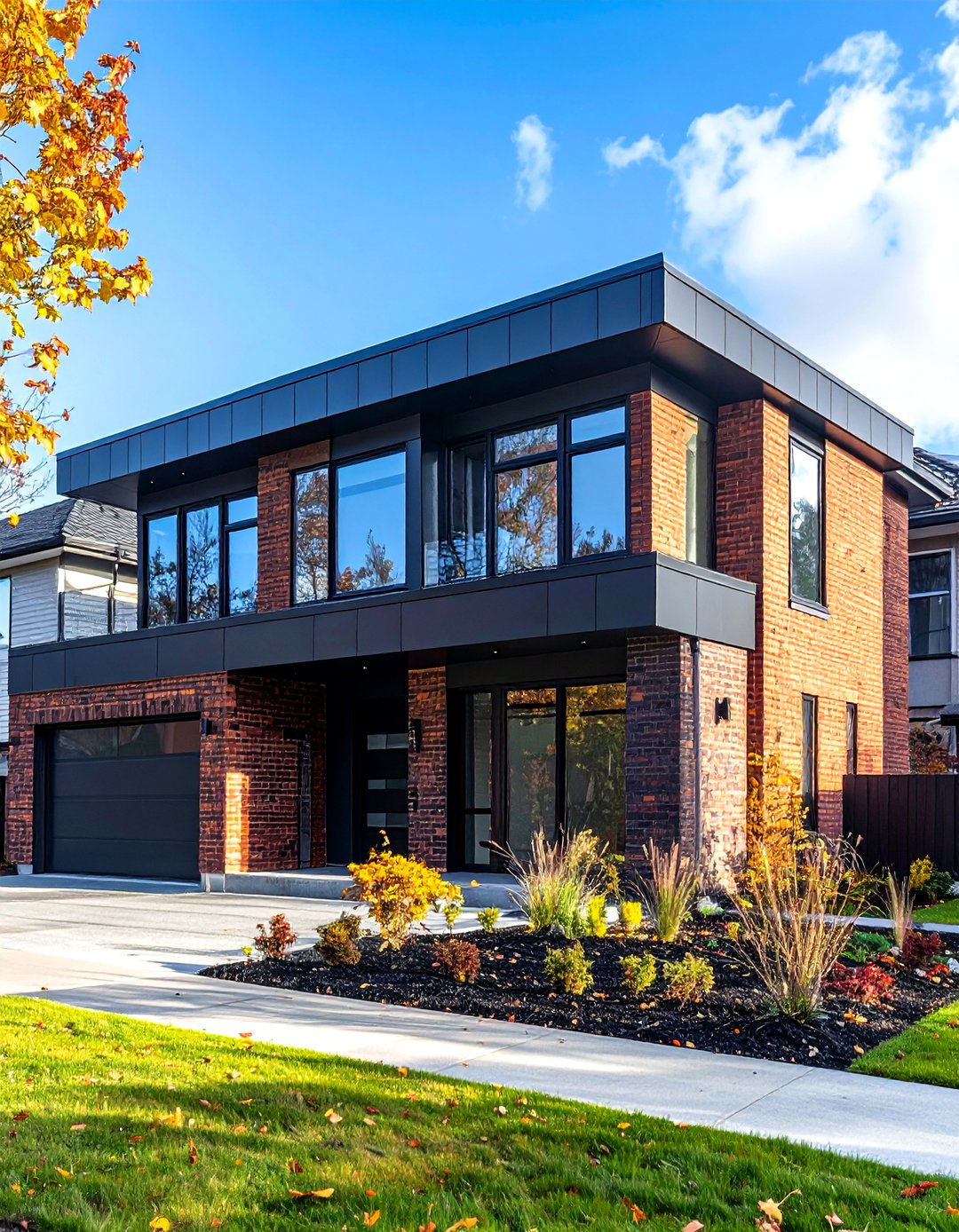
Can traditional brick work in mid-century design? Absolutely, when thoughtfully integrated with contemporary elements. Clean-lined brick patterns using running bond or stack bond create orderly surfaces that complement modernist aesthetics. Choose bricks with consistent color and texture, avoiding heavily textured varieties that compete with the style's simplicity. Painted brick in bold colors like deep charcoal, forest green, or warm white can dramatically update dated exteriors while preserving the material's inherent character. Combine brick with other materials like wood or metal to create dynamic compositions. The thermal mass of brick provides energy efficiency benefits while requiring minimal maintenance over decades.
7. Concrete Block Construction
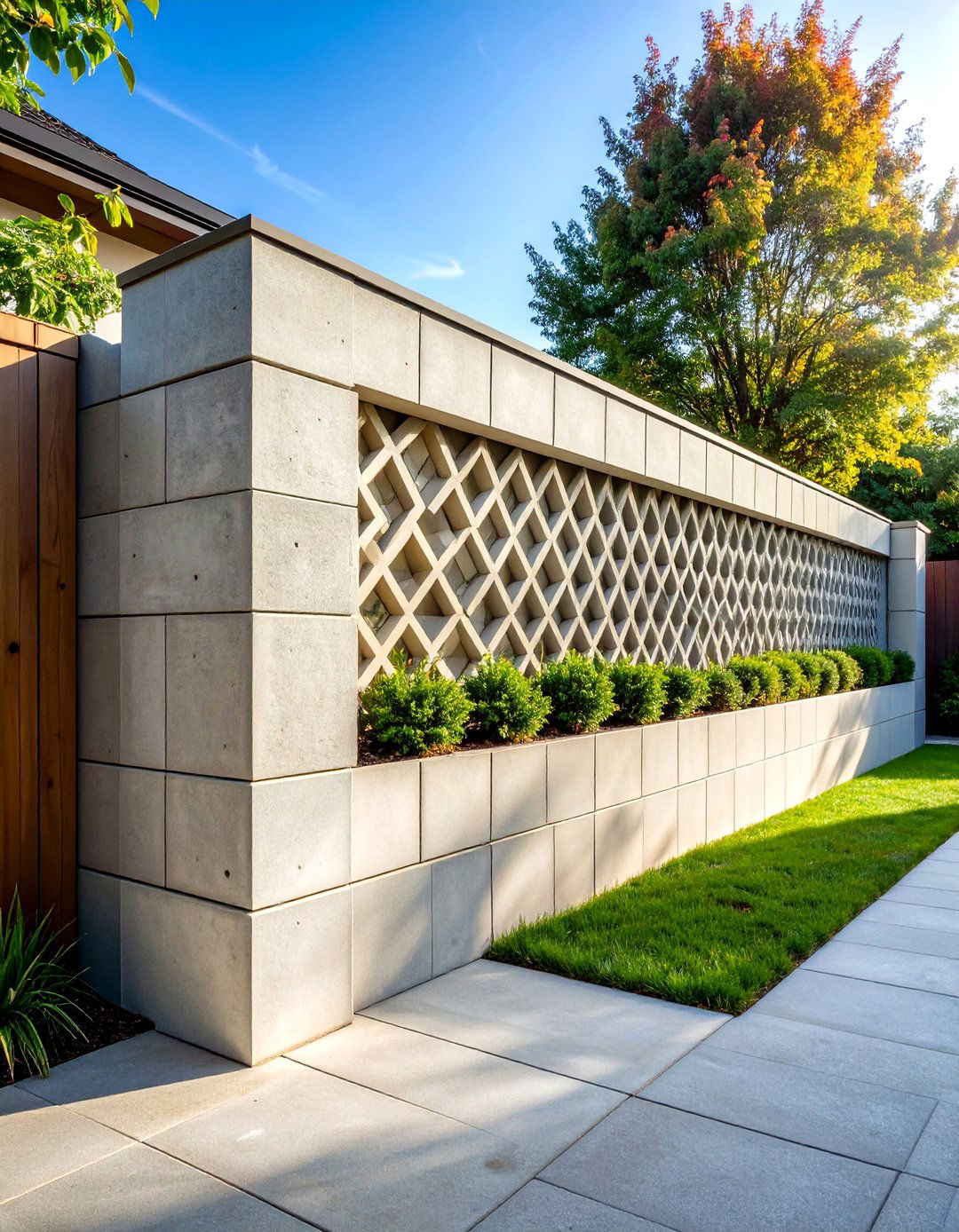
Concrete masonry units offer unlimited design possibilities for mid-century exteriors. Decorative blocks with geometric patterns – like the iconic breeze block designs – provide privacy while allowing light and air circulation. Standard blocks can be arranged in interesting patterns or painted in bold colors to create focal walls. The material's affordability and durability made it popular during the mid-century era, and it remains practical today. Consider combining different block sizes or incorporating colored units for visual interest. The modular nature allows for creative compositions that emphasize the grid-based geometry fundamental to modernist design principles.
8. Steel Frame Integration
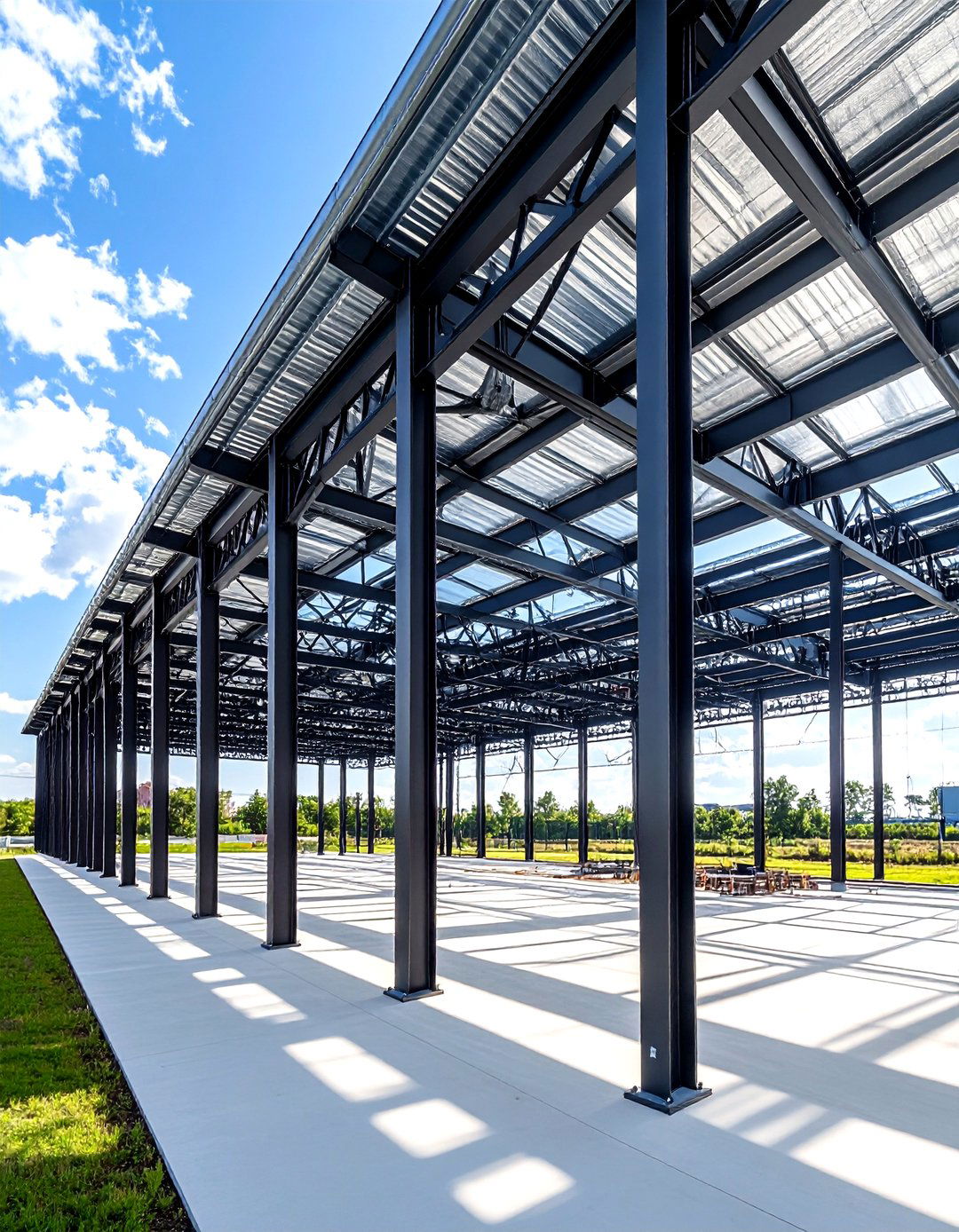
Exposed steel elements celebrate the honesty of materials that mid-century architects championed. Painted steel beams, columns, and trim create crisp lines that emphasize structural components as design features. The material's strength allows for large spans and cantilevers that create dramatic overhangs and open floor plans. Choose steel finishes that complement your color scheme – matte black for bold contrast or natural weathering steel for rustic appeal. Regular maintenance ensures longevity, but modern coatings provide excellent protection against corrosion. Steel's precision and clean lines make it perfect for window frames, railings, and architectural details that require sharp, geometric forms.
9. Desert Color Palette Application
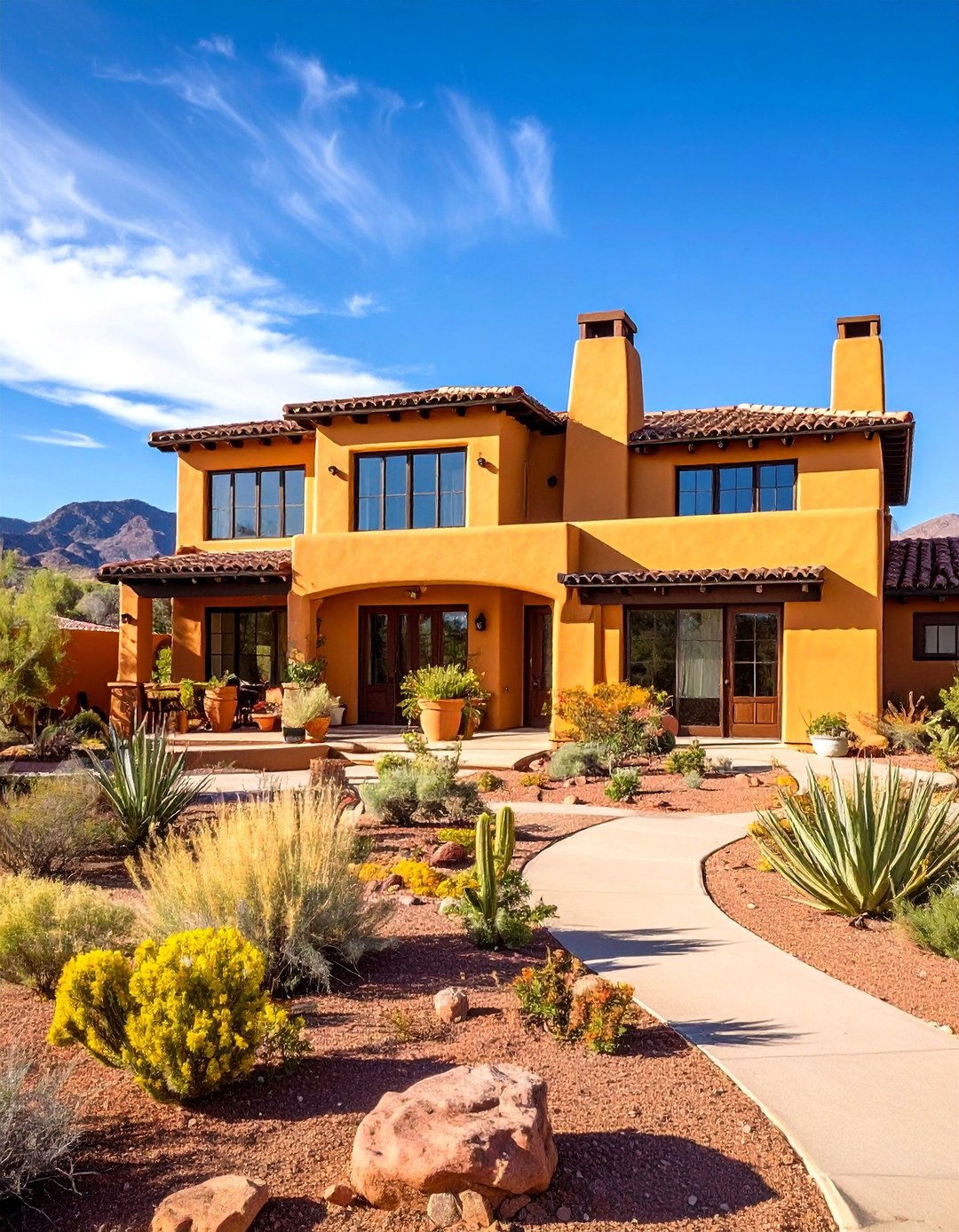
Warm earth tones reflect the southwestern origins of many mid-century developments and create inviting exteriors that harmonize with natural surroundings. Think burnt orange, ochre yellow, warm brown, and sage green combined with crisp white trim. These colors work particularly well in sunny climates where the intense light enhances their richness. Consider how your local climate affects color choices – cooler regions might benefit from slightly deeper tones that appear warmer against gray skies. The key lies in balancing bold statement colors with neutral backgrounds, typically using accent colors on doors, trim, or single walls while keeping larger surfaces more subdued.
10. Neutral Modernist Schemes
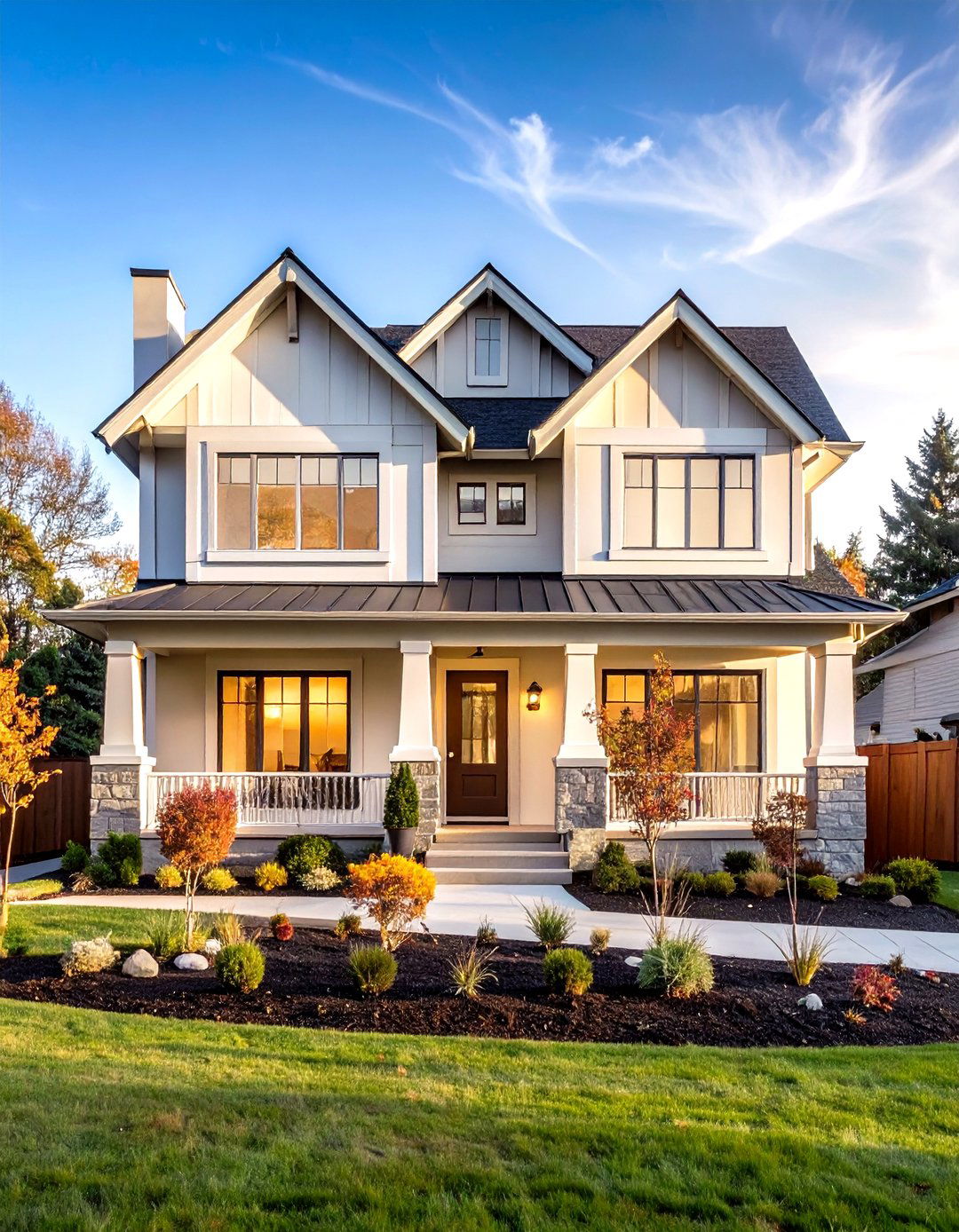
Do neutral colors have to be boring in mid-century design? Not when skillfully layered to create sophisticated depth and interest. Combinations of warm whites, soft grays, and natural beiges provide timeless backdrops that highlight architectural features rather than competing with them. These palettes work beautifully with natural materials, allowing wood grain, stone texture, and metal finishes to take center stage. Neutral schemes offer flexibility for changing accent colors over time and ensure your home ages gracefully. The subtlety creates calming environments that emphasize the mid-century principle of bringing tranquility to modern living through thoughtful design restraint.
11. Bold Accent Door Colors
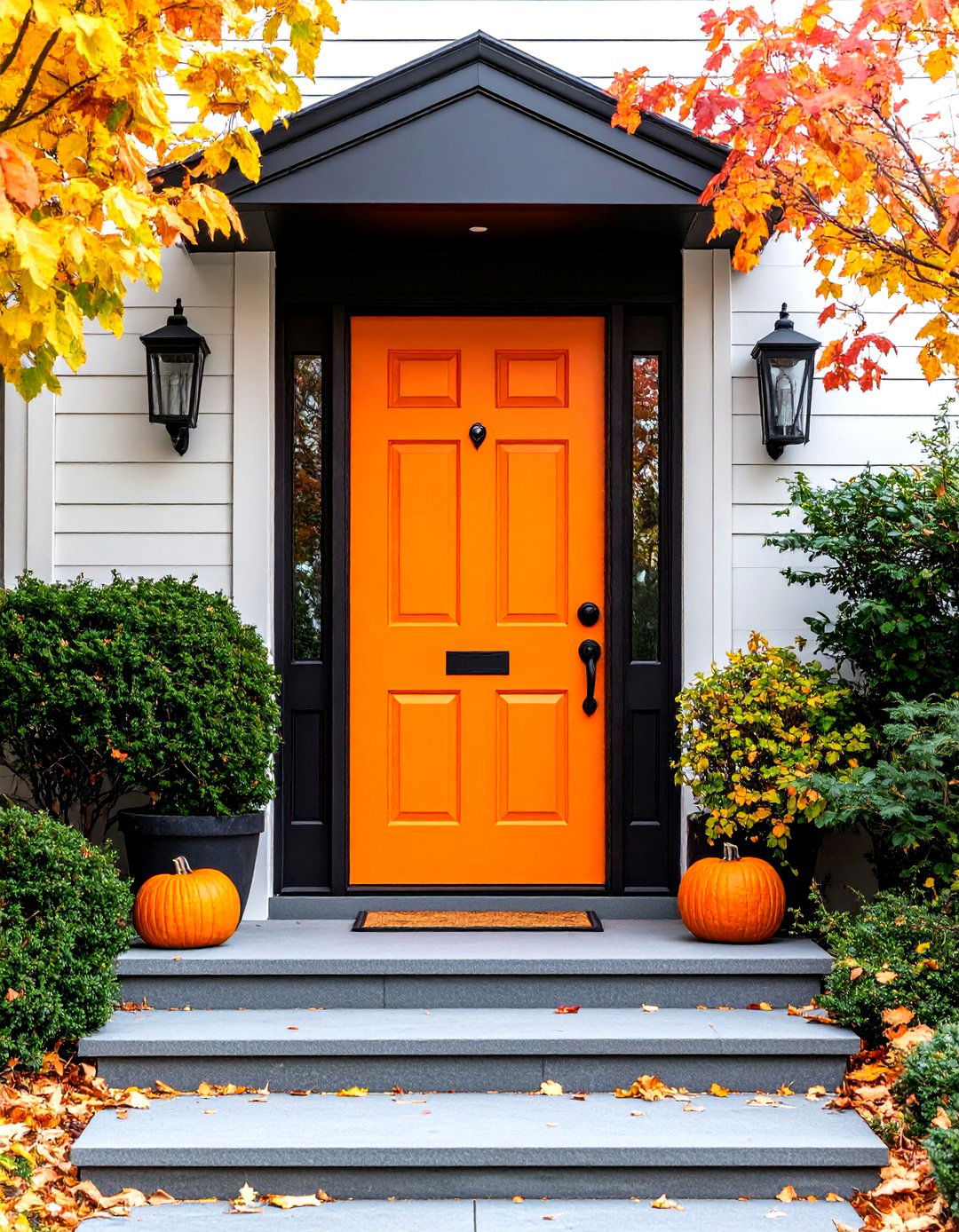
A vibrant front door serves as the perfect introduction to mid-century style, offering an opportunity for personality within the restrained overall palette. Classic choices include atomic orange, turquoise blue, bright yellow, or lime green – colors that capture the optimistic spirit of the era. The door becomes a focal point that draws visitors toward the entrance while reflecting the period's embrace of synthetic materials and bold industrial colors. Consider the door's relationship to surrounding elements like siding, trim, and landscaping to ensure harmony rather than conflict. Quality paint formulated for exterior use maintains color vibrancy despite weather exposure.
12. Breeze Block Privacy Screens
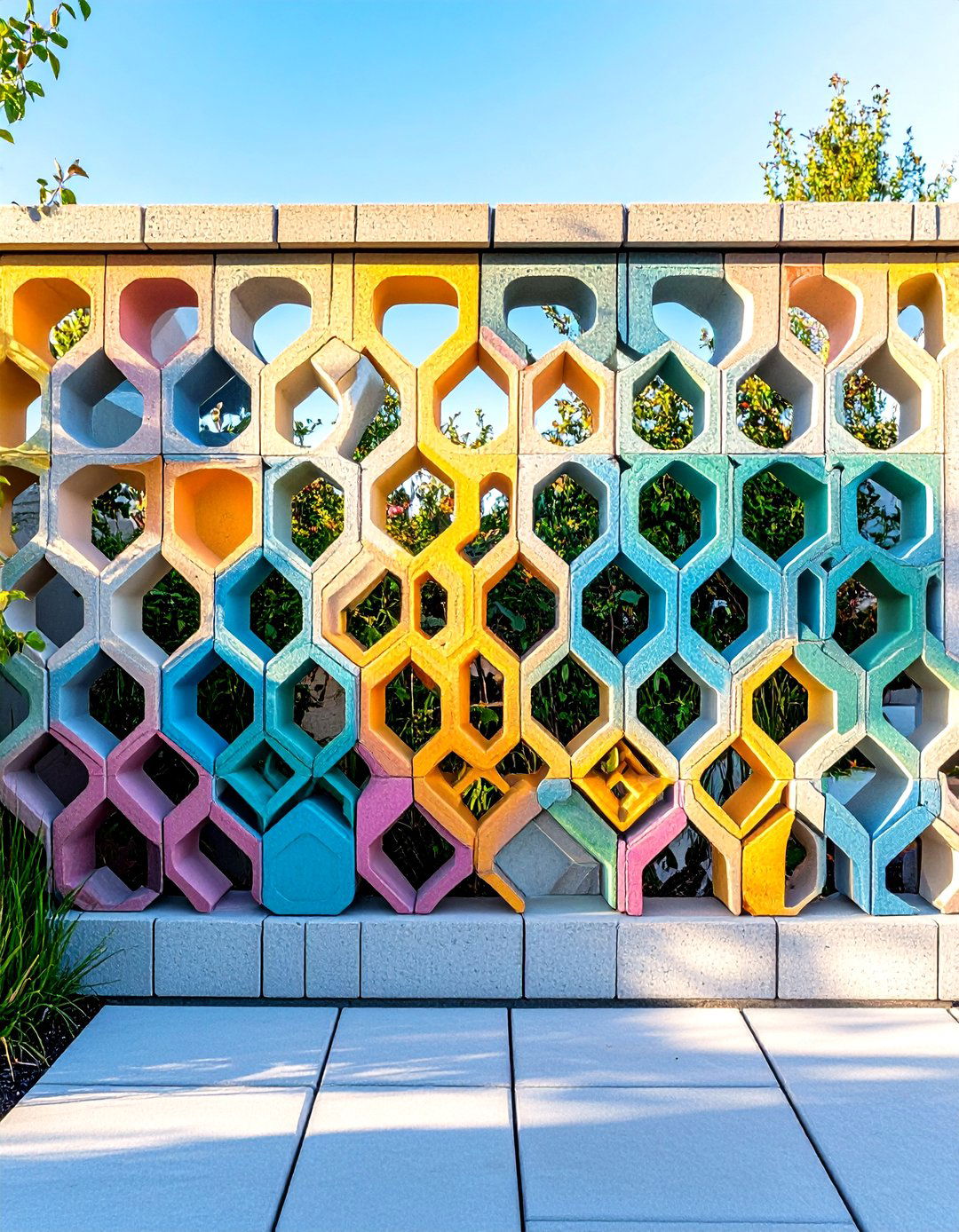
Decorative concrete blocks create stunning privacy solutions while maintaining the open, airy feeling essential to mid-century design. Available in dozens of geometric patterns – from simple squares to complex organic shapes – these blocks filter light beautifully while providing wind protection and visual separation. They work excellently as garden walls, entry screens, or patio enclosures. The modular construction allows for creative combinations and custom patterns. Choose designs that complement your home's overall geometry and consider how shadows cast by the openings will change throughout the day. Professional installation ensures proper alignment and structural integrity.
13. Linear Landscape Design
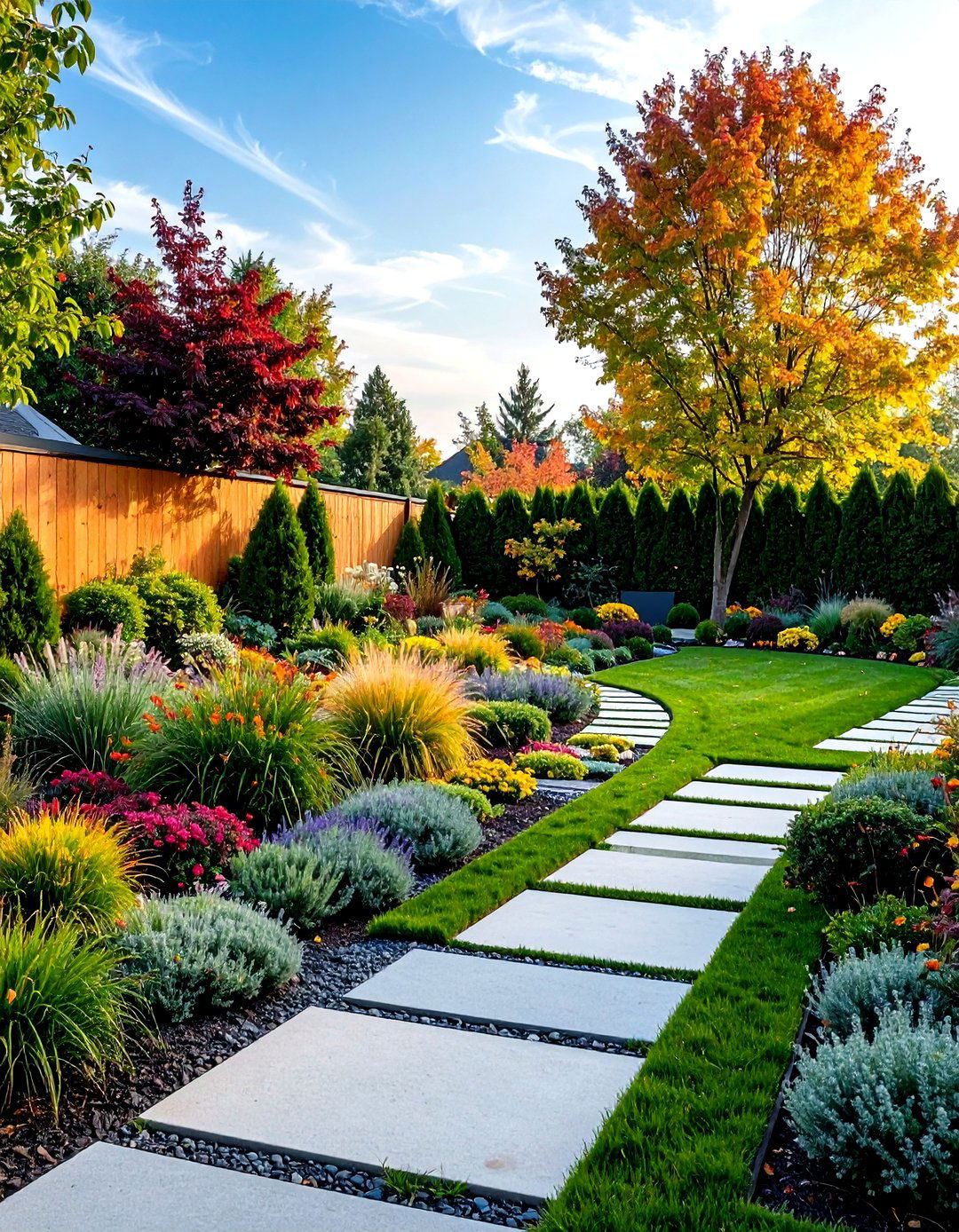
Why do mid-century gardens emphasize geometric patterns over flowing curves? The linear approach creates visual harmony with the home's architectural lines while simplifying maintenance and emphasizing focal plants. Rectangular planting beds, straight pathways, and geometric hardscaping echo the building's form and create cohesive outdoor rooms. This approach works particularly well with ornamental grasses, succulents, and architectural plants that have strong structural qualities. Mulch materials like gravel or decomposed granite reinforce the clean aesthetic while providing practical benefits. The geometric framework allows for seasonal color changes without disrupting the overall design integrity.
14. Succulent Garden Features
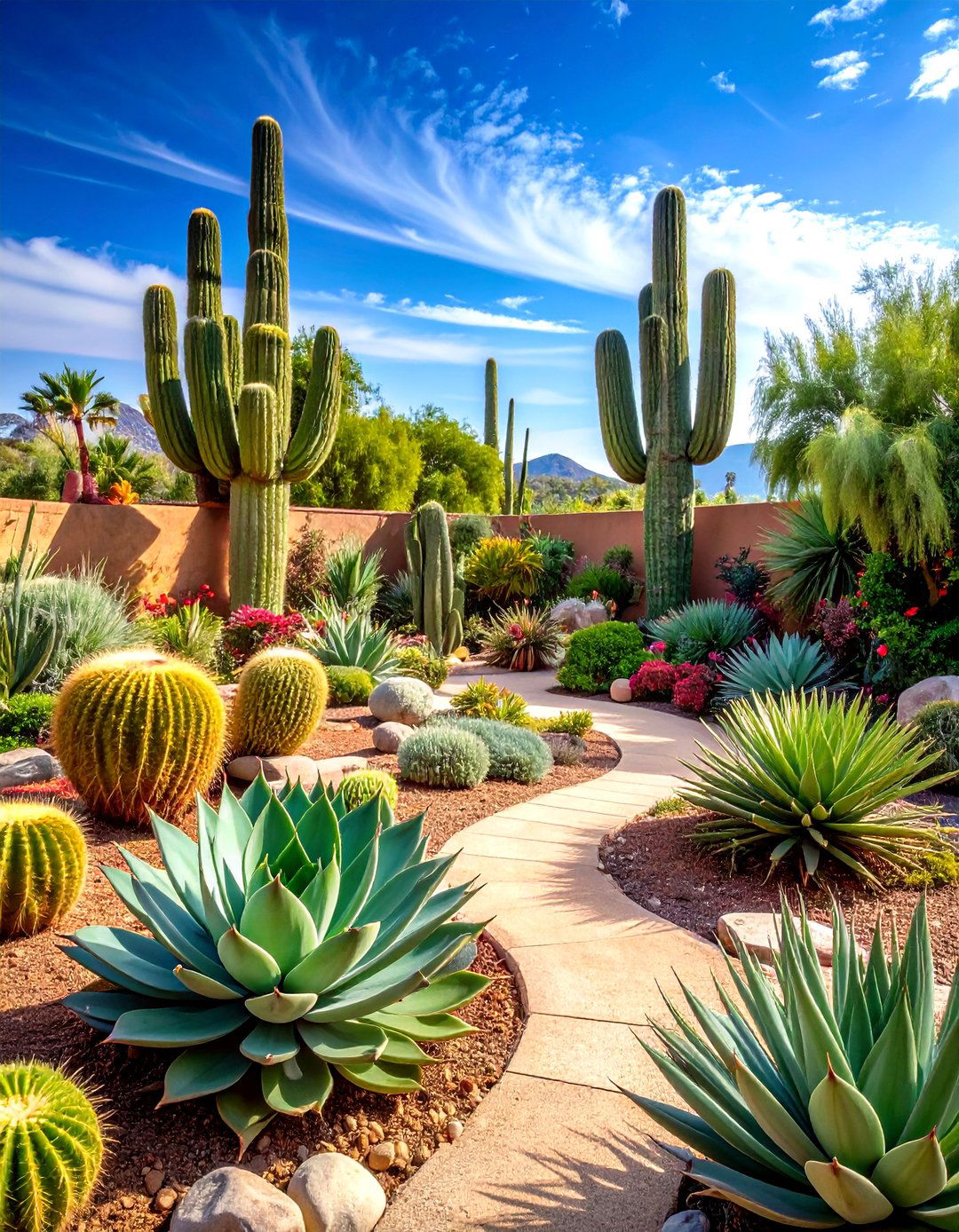
Drought-tolerant succulents perfectly embody mid-century values of low-maintenance living and connection to arid landscapes. Agave, aloe, and various cacti provide sculptural forms that complement modernist architecture. These plants thrive in the sunny exposures typical of mid-century homes while requiring minimal water and care. Arrange them in geometric patterns or mass plantings for dramatic impact. The architectural quality of succulents makes them living sculptures that enhance rather than soften the home's bold lines. Consider container plantings for flexibility and protection in colder climates, using modern planters that reinforce the geometric aesthetic.
15. Ornamental Grass Groupings
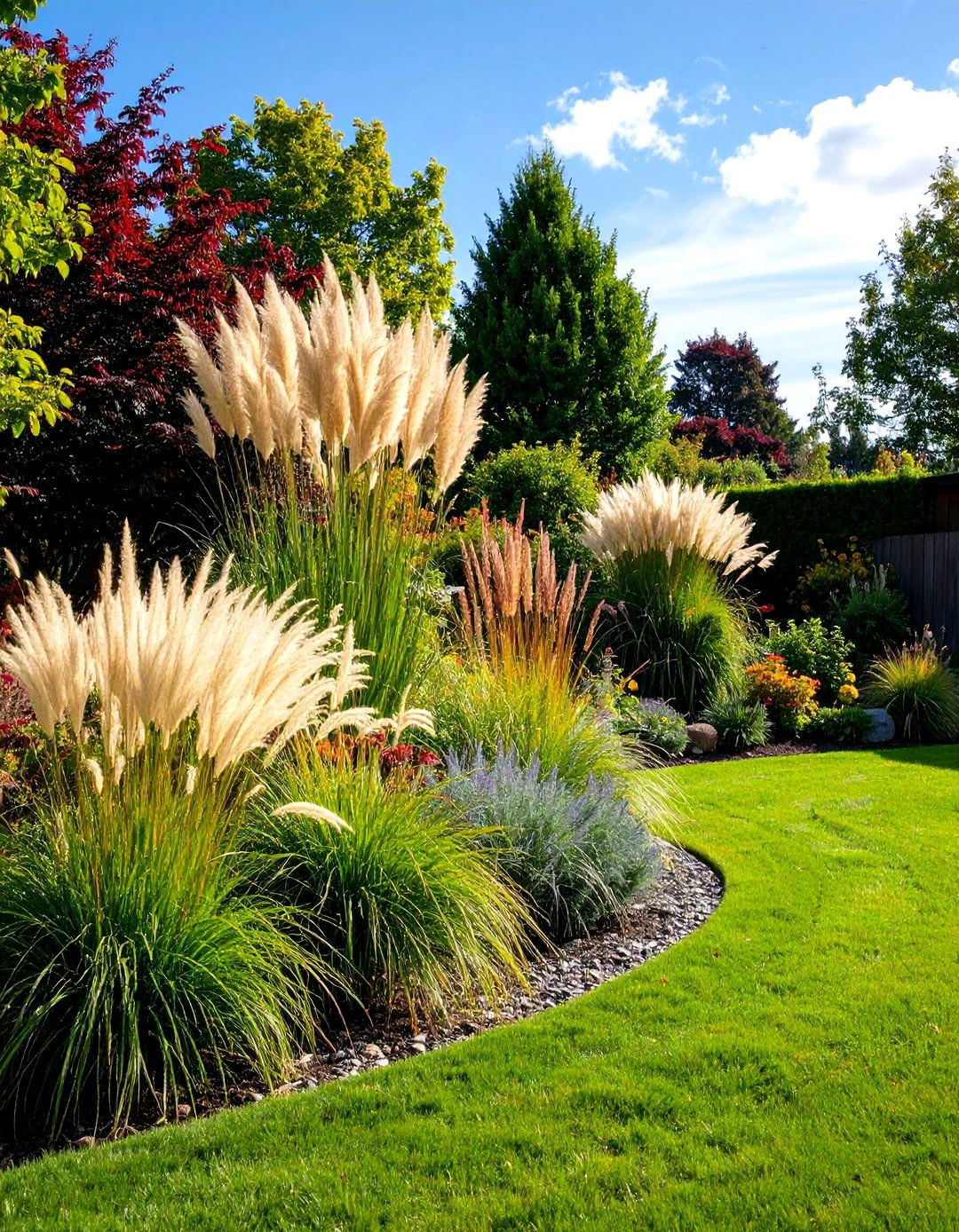
How do ornamental grasses enhance mid-century landscapes? Their vertical forms and movement create dynamic contrast against horizontal building lines while providing year-round interest through seasonal changes. Varieties like fountain grass, Mexican feather grass, and blue fescue offer different textures and colors. Mass plantings create dramatic sweeps of movement, while specimen plantings serve as living sculptures. The grasses' natural drought tolerance aligns with sustainable landscaping principles. They work beautifully with stone and gravel mulches, creating compositions that feel both natural and controlled. Strategic lighting can highlight their texture and movement during evening hours.
16. Geometric Paving Patterns
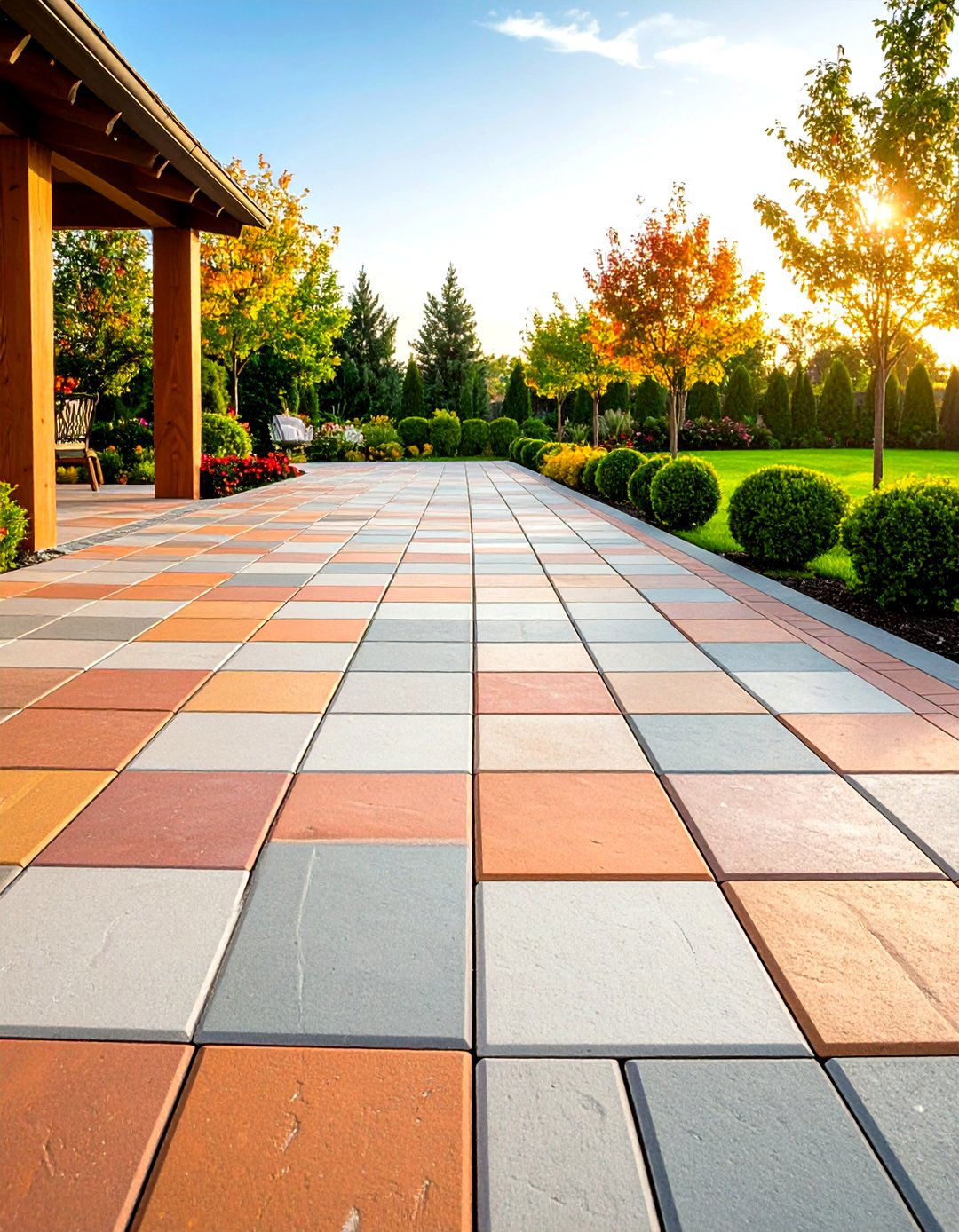
Large-scale paving materials create bold geometric patterns that extend the home's modernist aesthetic into the landscape. Rectangular concrete pavers, square stone tiles, or modern manufactured units can form striking compositions when arranged in grid patterns. The scale should relate to the building's proportions – larger homes can accommodate bigger paving units. Color choices should complement the overall palette while providing necessary contrast for visual interest. Consider the interplay between paved and planted areas, using the paving to define outdoor rooms and circulation paths. Proper installation with adequate drainage prevents settling and ensures long-term durability.
17. Integrated Outdoor Lighting
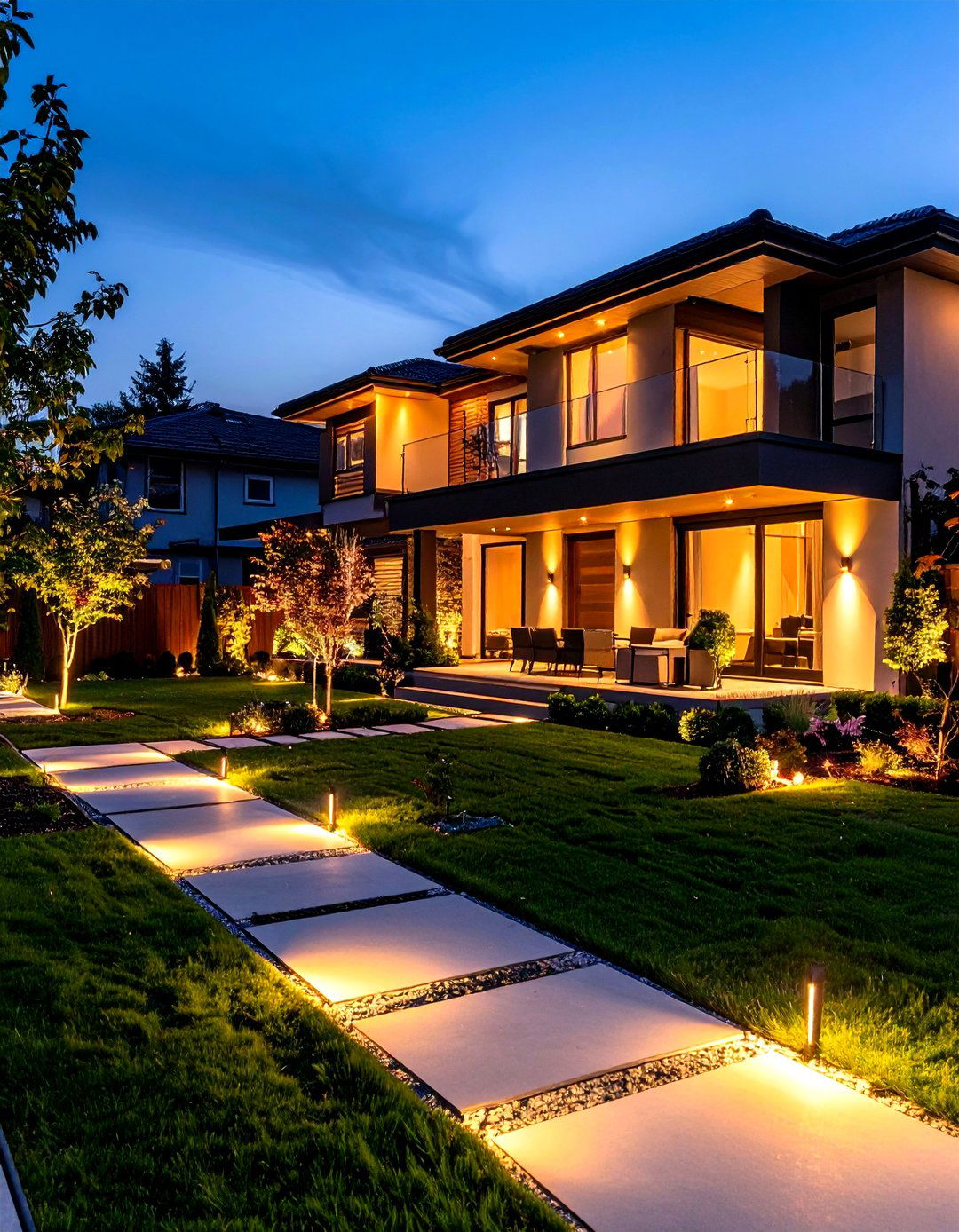
Thoughtful lighting design extends the mid-century aesthetic into nighttime hours while providing safety and security. Linear LED strip lights hidden in soffits or architectural details create dramatic uplighting effects. Path lighting with geometric fixtures guides movement while highlighting landscape features. The key lies in concealing light sources to create atmosphere rather than harsh illumination. Modern LED technology offers energy efficiency and color control options that weren't available during the original mid-century period. Consider programmable systems that adjust throughout the evening, creating different moods for various occasions while maintaining the clean, uncluttered appearance essential to the style.
18. Post-and-Beam Construction
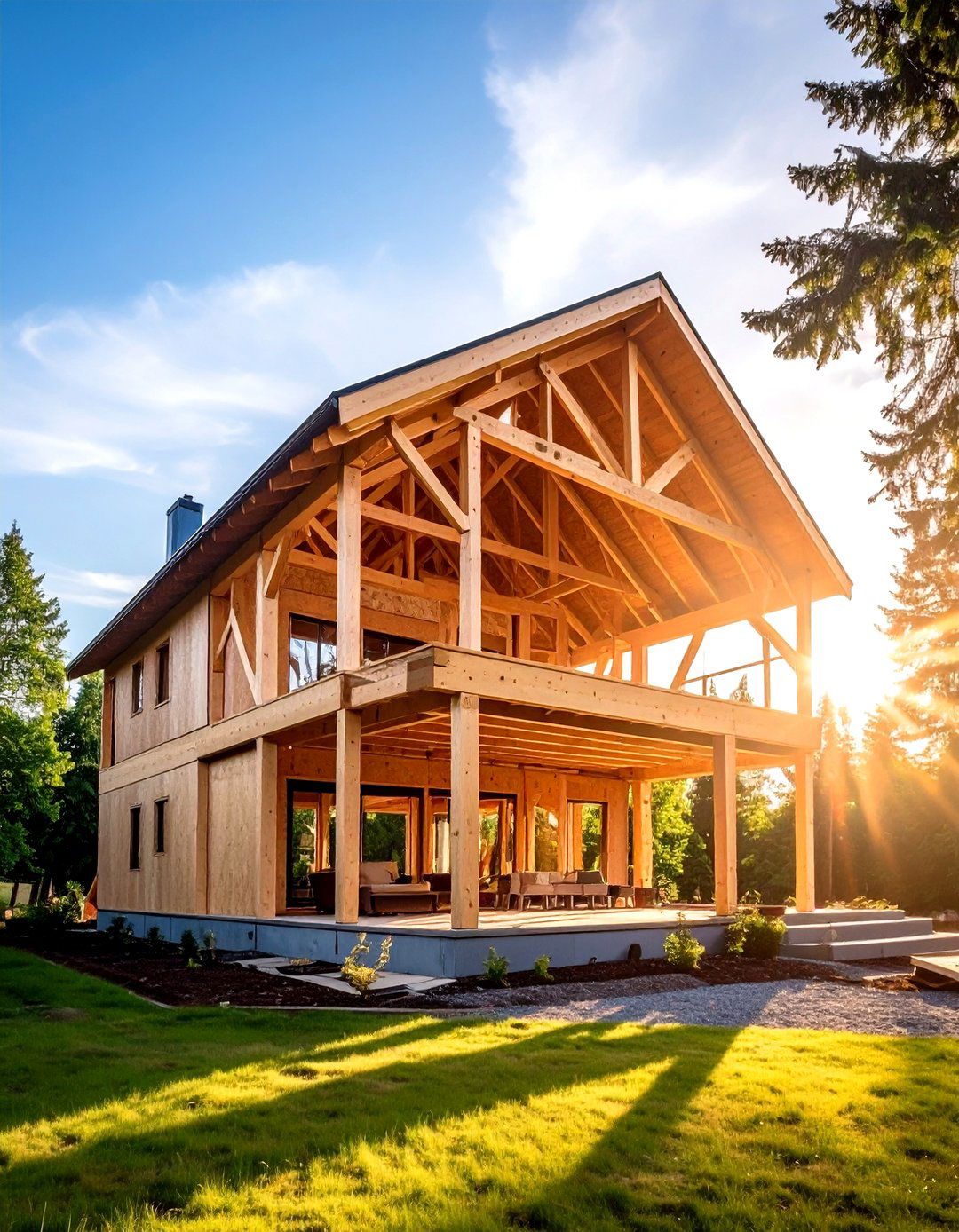
Exposed structural elements celebrate the honesty of materials fundamental to mid-century philosophy. Heavy timber beams create dramatic overhangs and open spaces while showcasing the building's construction method. This approach eliminates unnecessary decoration, letting the structure itself provide visual interest. Modern engineered lumber offers improved performance while maintaining the aesthetic appeal of traditional timber framing. The posts can extend beyond the roofline to support shade structures or dramatic cantilevers. Proper treatment and maintenance ensure longevity while allowing the wood to develop natural patina over time. The structural clarity creates spaces that feel both substantial and light.
19. Cantilever Roof Extensions
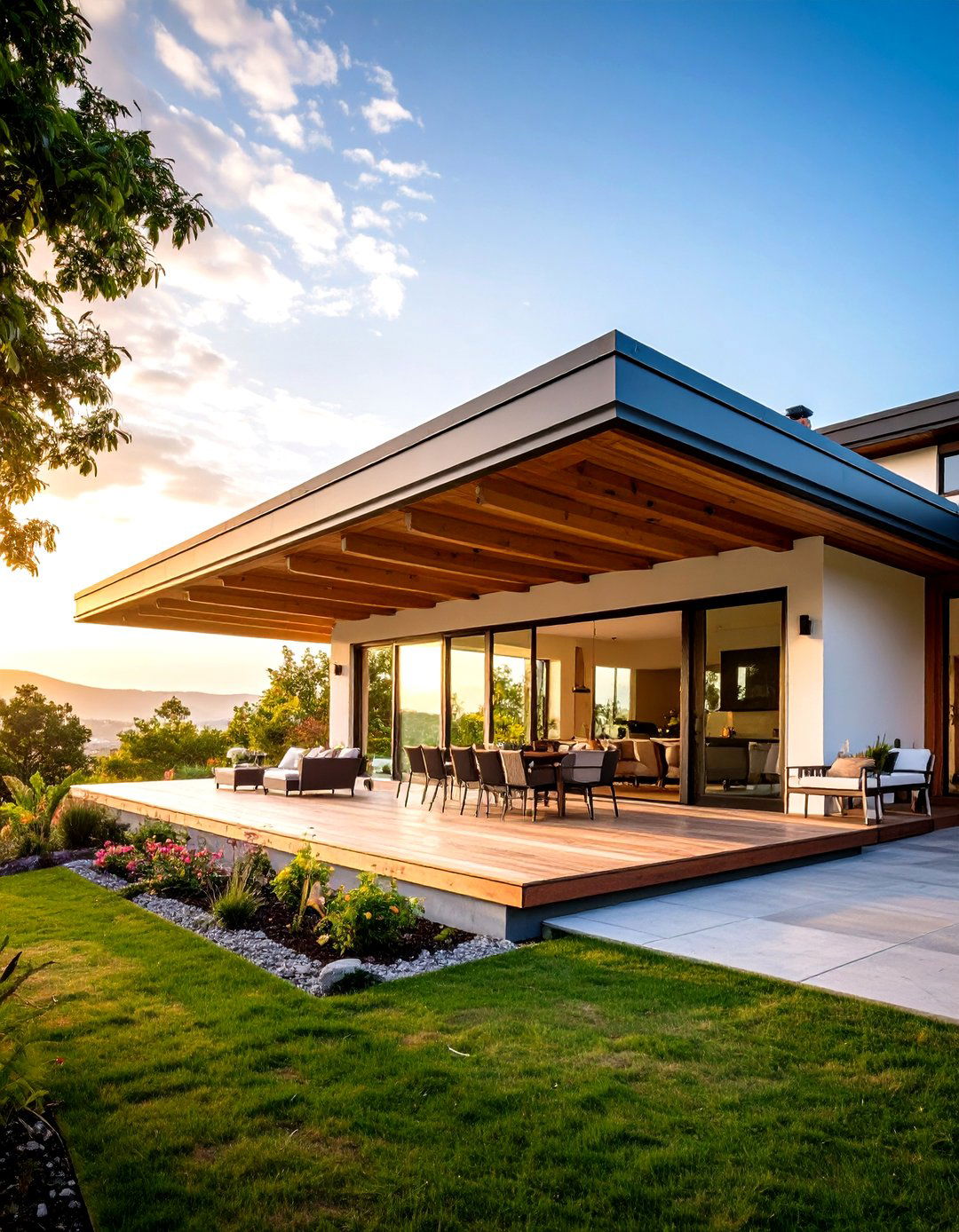
Why do dramatic overhangs define mid-century architecture? These bold projections create covered outdoor spaces while demonstrating structural innovation and engineering prowess. Cantilevers provide essential shading for large glass areas, reducing cooling costs and glare. They also create protected entry areas and outdoor dining spaces that extend living areas. The structural challenge of supporting these elements without visible supports showcases the period's embrace of new construction technologies. Modern materials and engineering allow for even more dramatic projections than original designs achieved. The shadows cast by overhangs add dynamic visual interest throughout the day.
20. Sliding Glass Door Systems
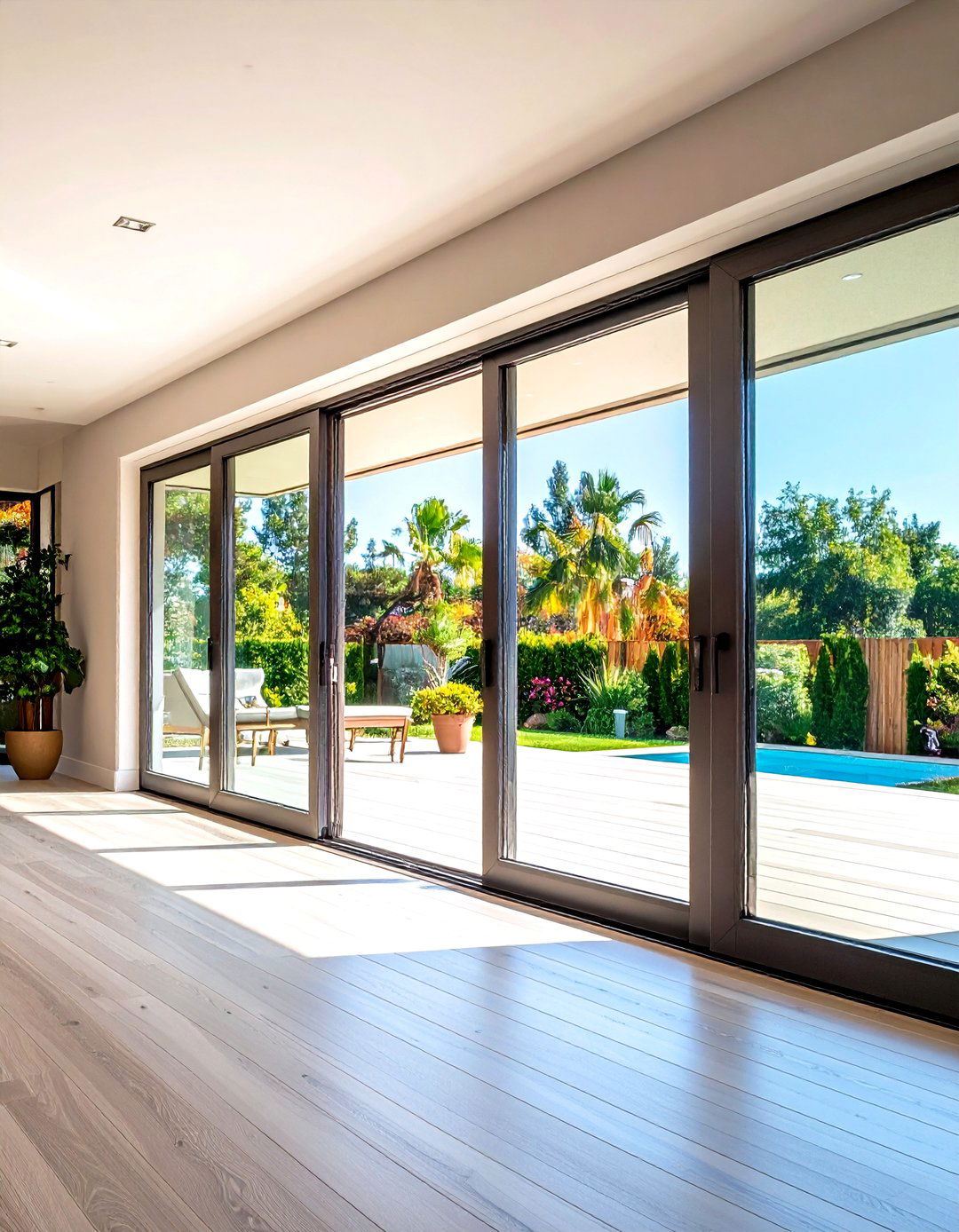
Large sliding doors epitomize the indoor-outdoor living concept central to mid-century design. These systems can completely open walls, transforming interior spaces into covered outdoor rooms. Modern track systems operate smoothly and provide excellent weather sealing when closed. The transparency maintains visual connections even when weather requires closing the doors. Consider multi-panel systems that stack or pocket for maximum opening widths. Integration with retractable screens allows for insect protection without compromising the clean aesthetic. The door systems work best when planned during initial design phases to ensure proper structural support and weather protection.
21. Atrium Entry Courtyards
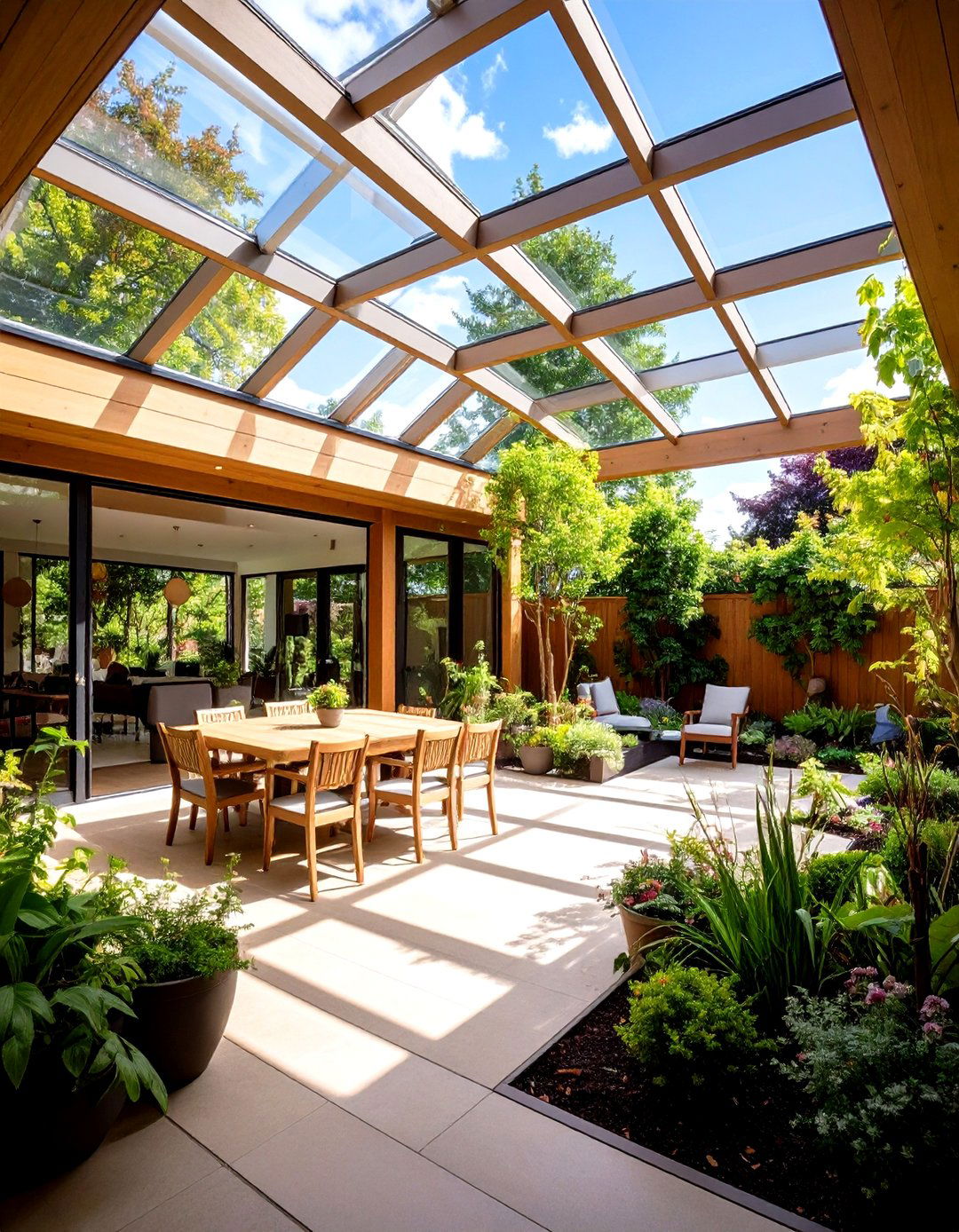
Enclosed entry courts create dramatic arrival experiences while providing protected outdoor spaces within the home's footprint. These spaces often feature skylights or open tops that bring natural light deep into the building while creating calm, contemplative environments. The atrium concept allows for year-round garden enjoyment even in challenging climates. Consider water features, specimen plantings, or art installations as focal points. The enclosed nature provides privacy while maintaining the transparency essential to mid-century design. Modern materials and construction techniques ensure weather resistance while preserving the aesthetic intent of the original concept.
22. Clerestory Window Placement
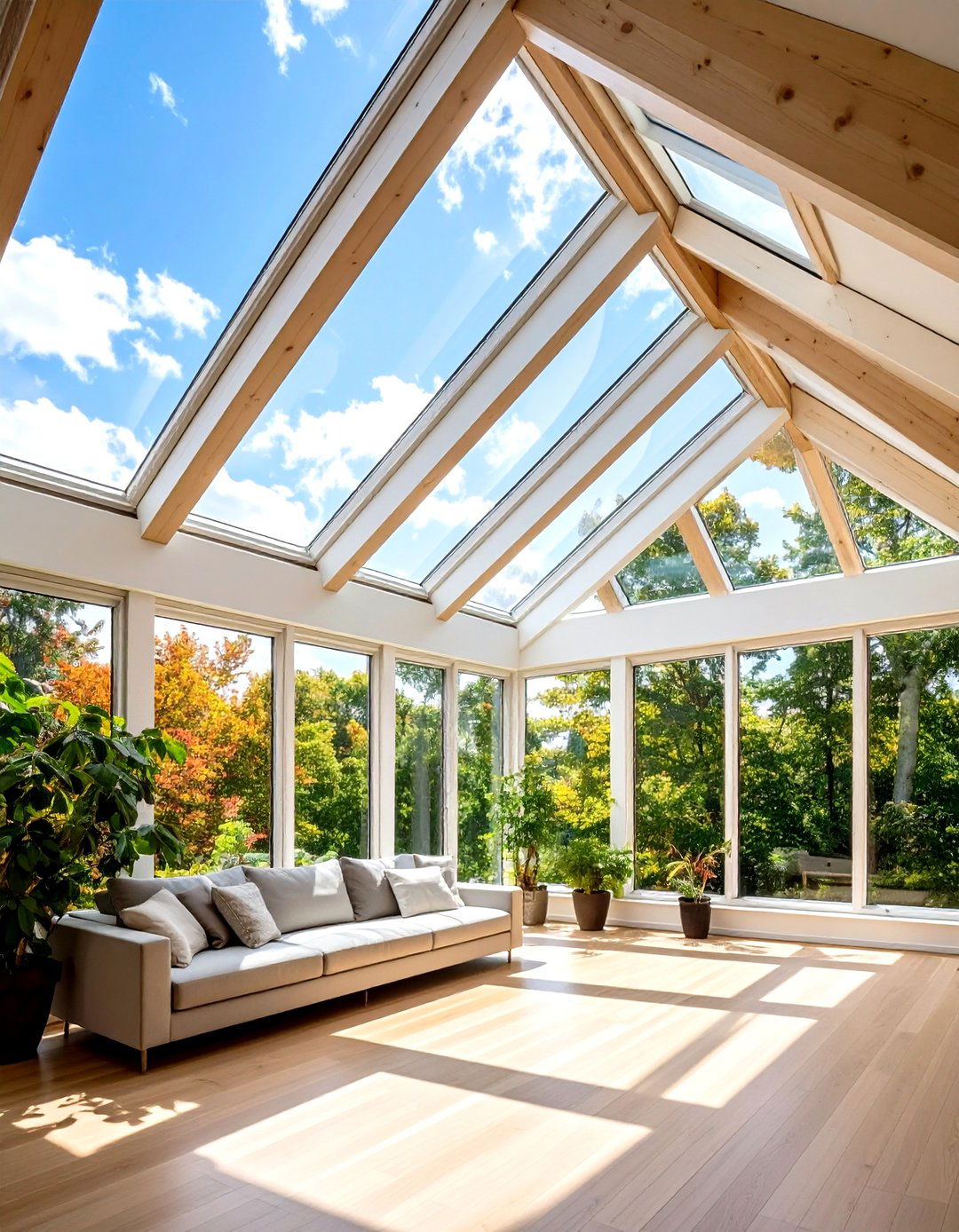
How do high windows enhance mid-century interiors? Clerestory windows placed along rooflines bring natural light deep into spaces while maintaining privacy from neighboring properties. These windows work particularly well with flat or shed roofs, creating dramatic lighting effects throughout the day. The high placement allows for furniture arrangement without blocking views. Modern glazing options include automated systems for ventilation and smart glass that adjusts transparency. The windows can follow rooflines to emphasize architectural forms or create rhythmic patterns along walls. Strategic placement maximizes seasonal sun angles while providing controlled daylighting that reduces electrical consumption.
23. Horizontal Fence Integration
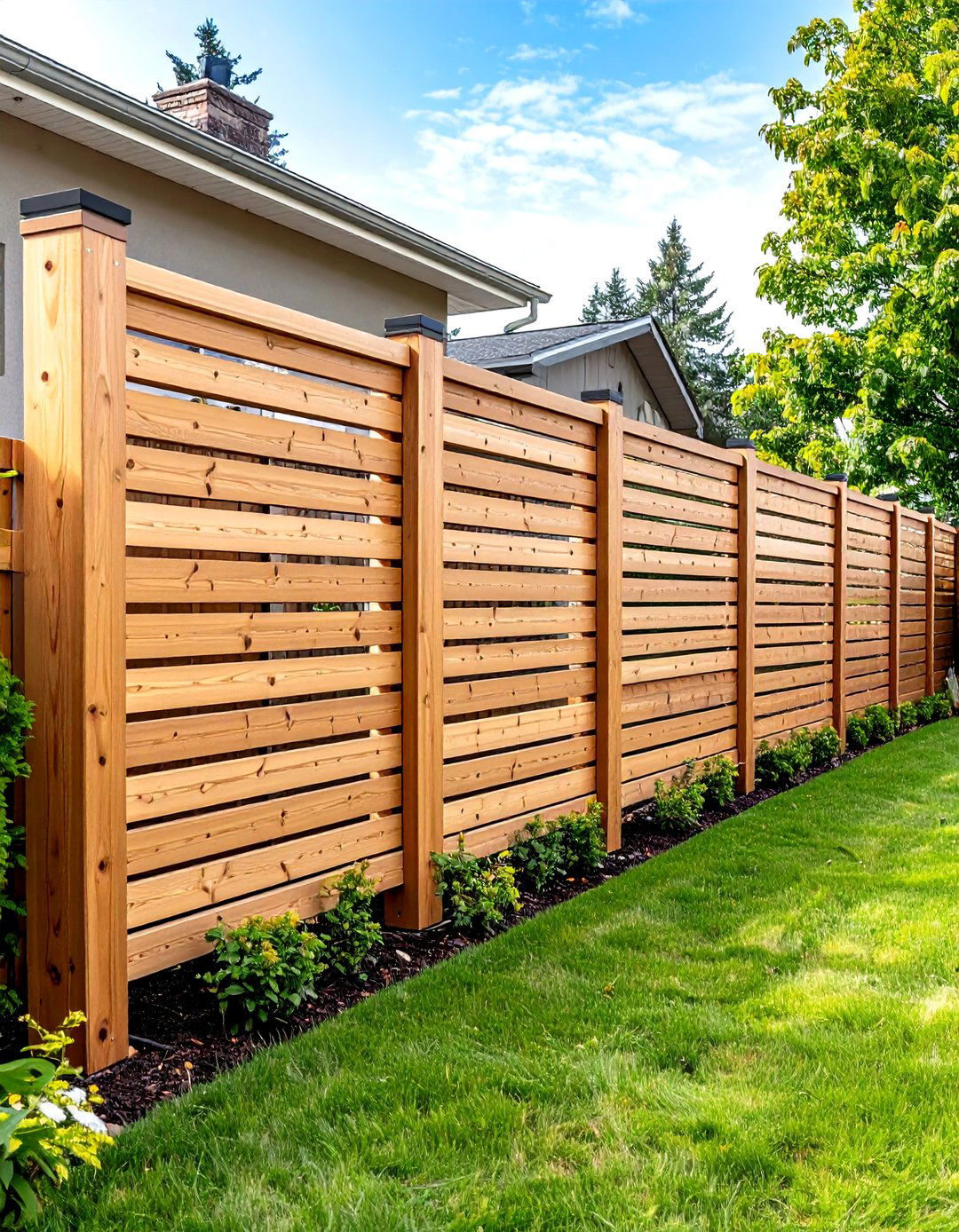
Privacy fencing designed with mid-century principles creates boundaries while maintaining the style's open feeling. Horizontal slats, whether wood or composite materials, echo the building's lines and create visual continuity throughout the property. The spacing between slats provides privacy while allowing air circulation and filtered views. Heights should balance privacy needs with neighborhood context and local regulations. Consider materials that complement the home's exterior palette and weather naturally or require minimal maintenance. The fence design can incorporate gates and access points that maintain the overall aesthetic while providing practical functionality.
24. Native Plant Adaptation
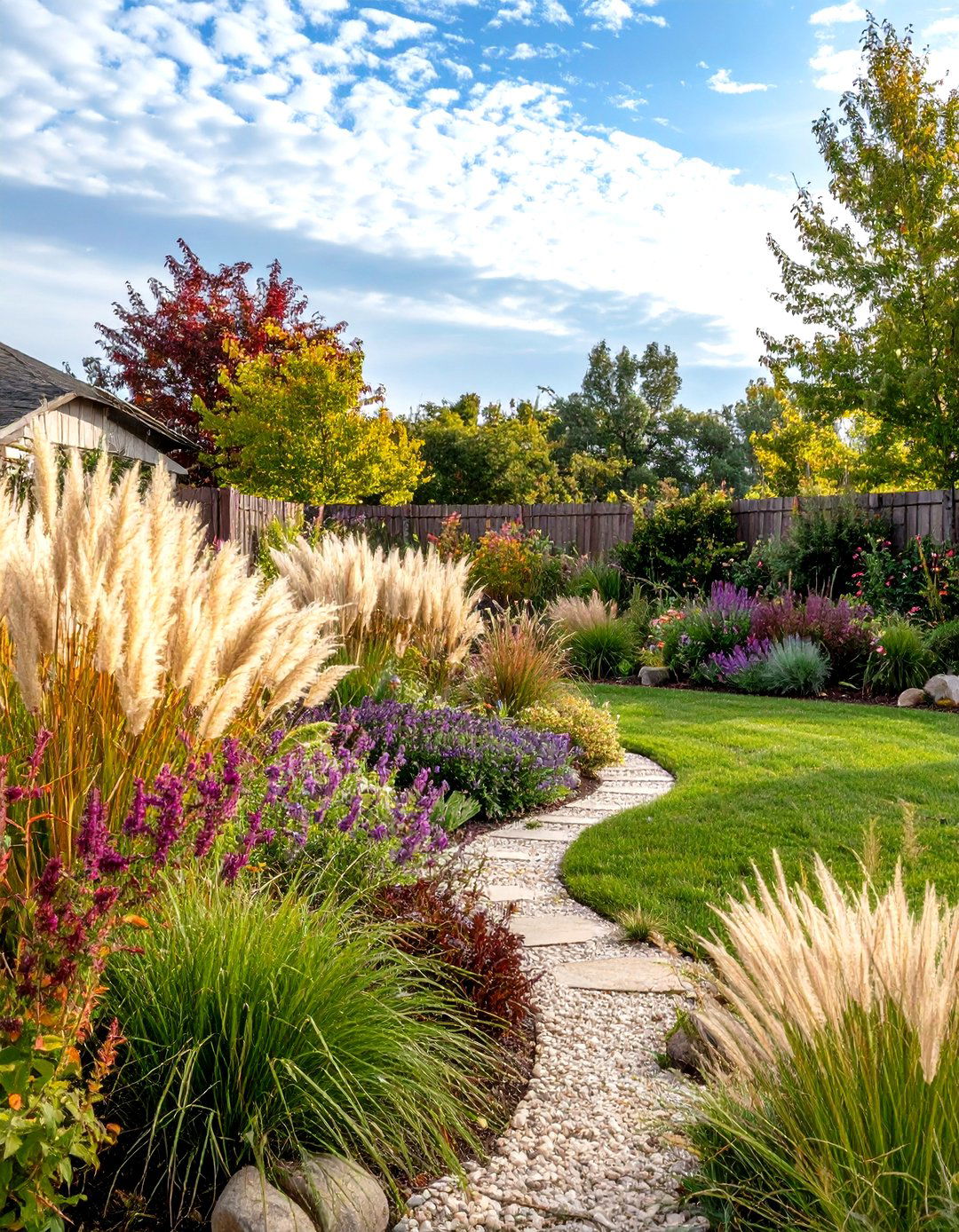
Embracing regional native plants creates sustainable landscapes that honor mid-century principles while reflecting local climate and ecology. Native plants typically require less water and maintenance while providing habitat for local wildlife. Choose species with architectural forms that complement the geometric aesthetic – native grasses, architectural shrubs, and specimen trees work particularly well. The key lies in arranging native plants with the same geometric principles used for exotic species. This approach creates landscapes that feel both contemporary and rooted in place. Consider seasonal changes and mature sizes when planning arrangements to ensure long-term success and visual appeal.
Conclusion:
Mid-century modern exterior design continues to captivate homeowners with its timeless blend of innovation, functionality, and aesthetic appeal. These 24 ideas demonstrate how the movement's core principles – clean lines, natural materials, indoor-outdoor integration, and honest construction – remain relevant for contemporary living. Whether renovating an original mid-century home or incorporating these elements into new construction, success lies in understanding the philosophy behind the style rather than simply copying surface elements. The emphasis on simplicity, natural materials, and connection to landscape creates homes that age gracefully while providing comfortable, efficient living spaces. Modern technology and materials allow us to improve upon original construction methods while preserving the aesthetic intent that made mid-century design revolutionary.


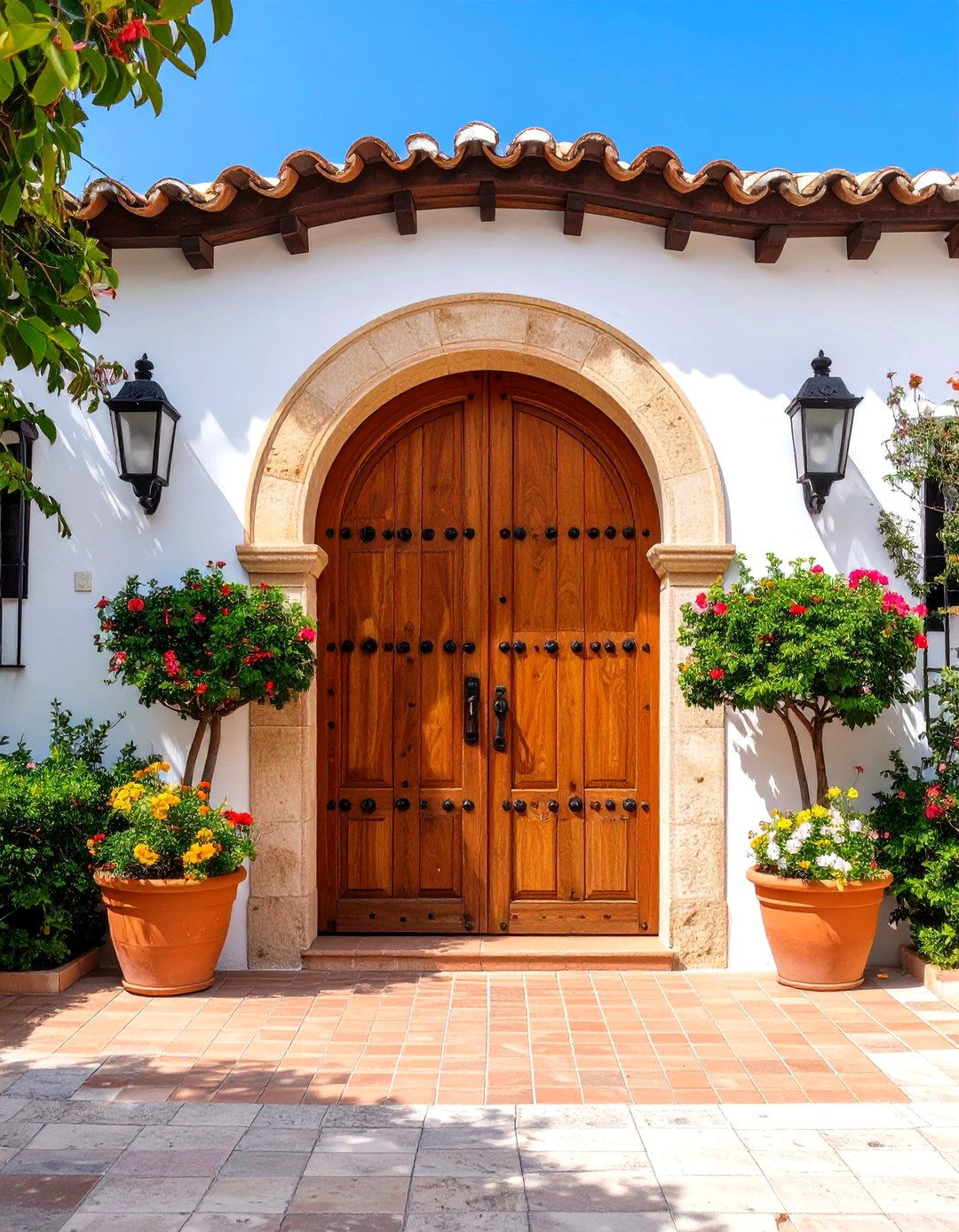

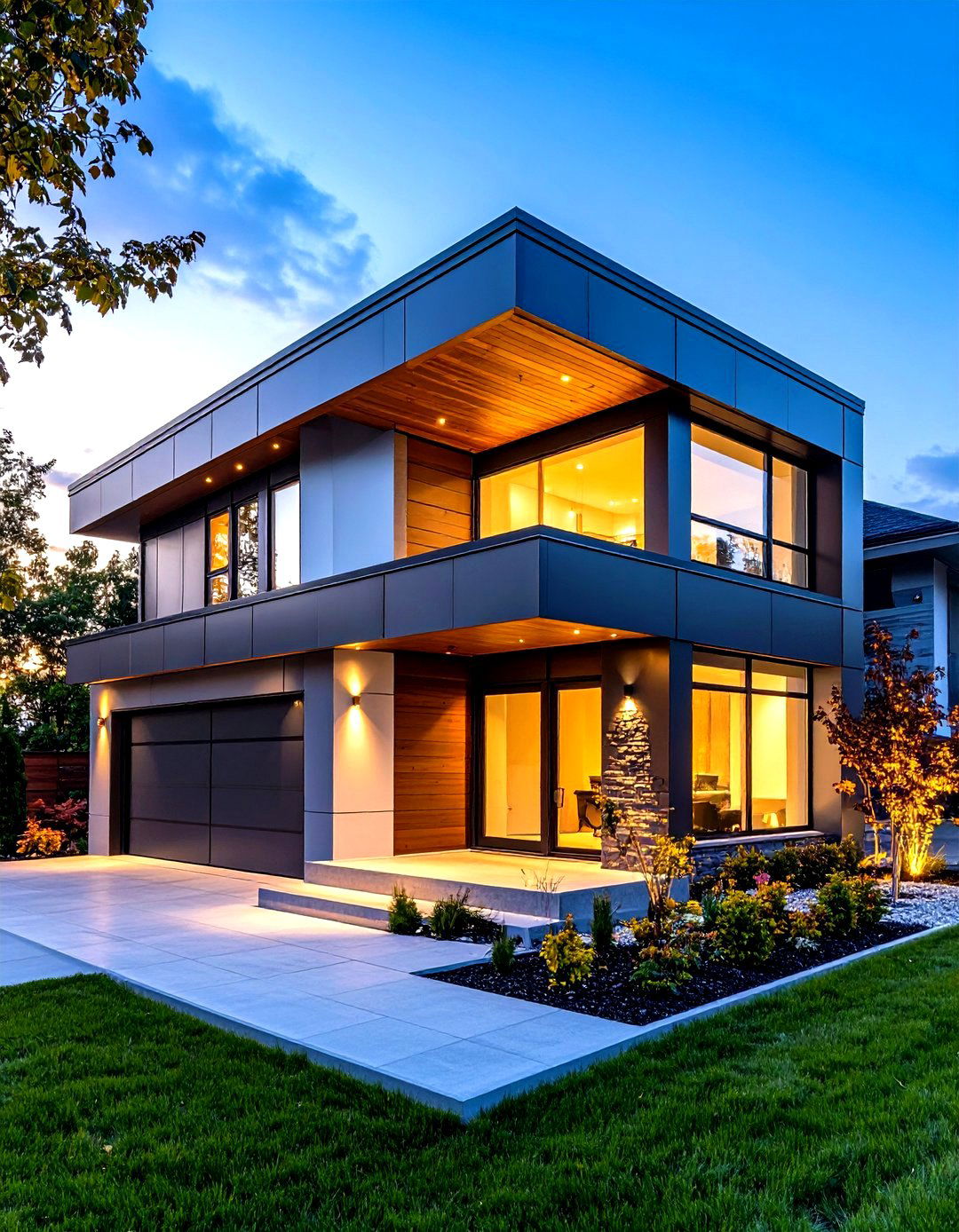
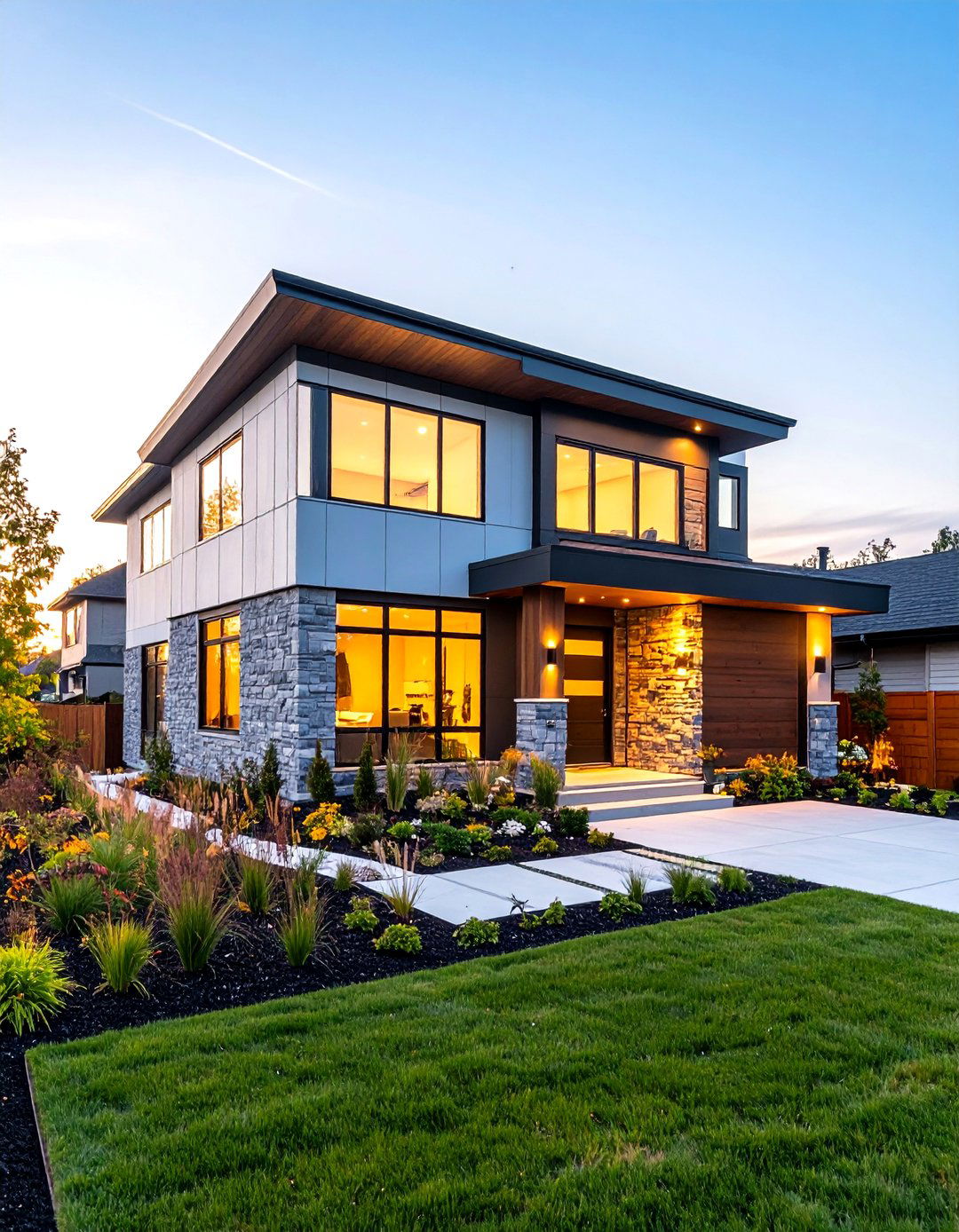



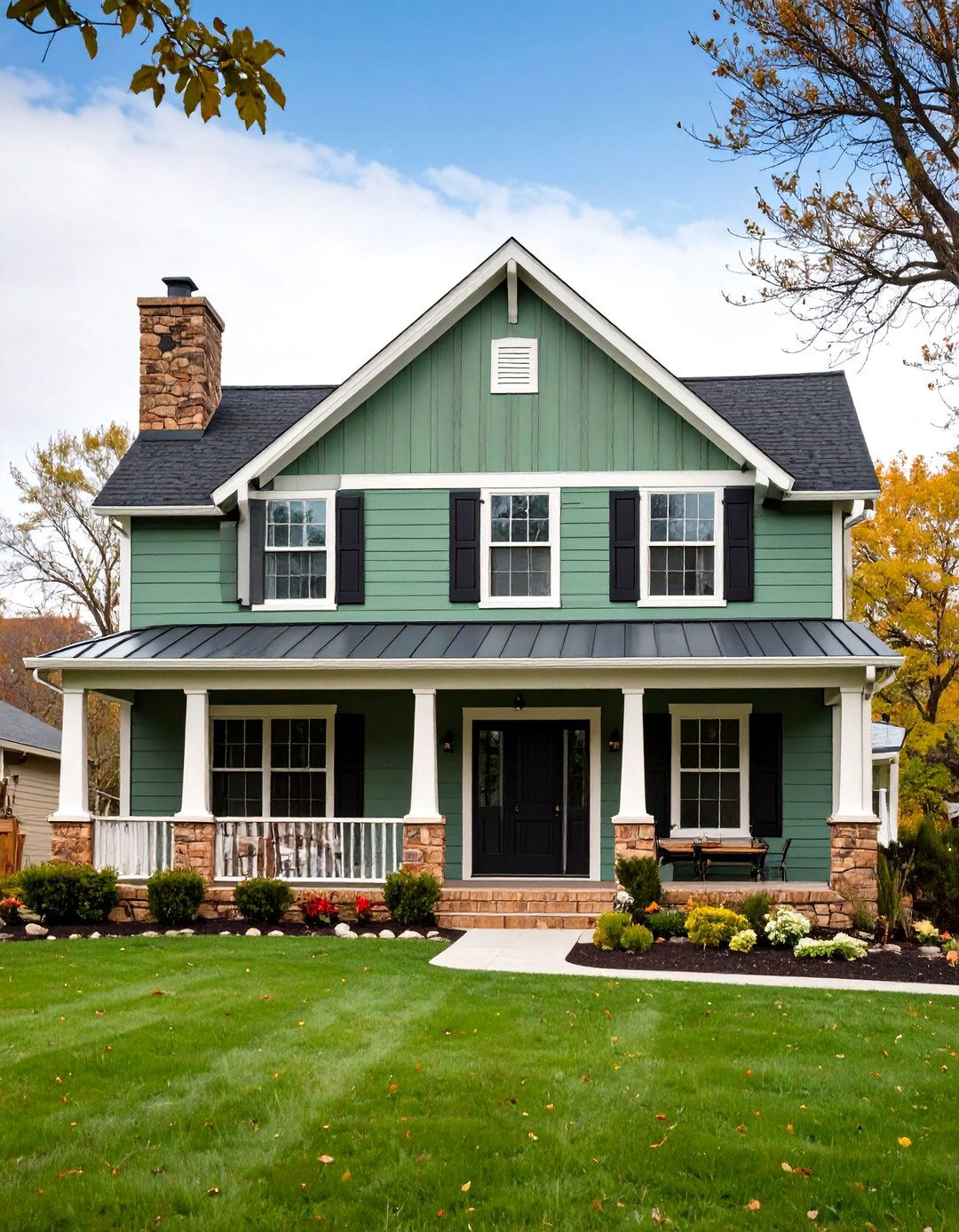
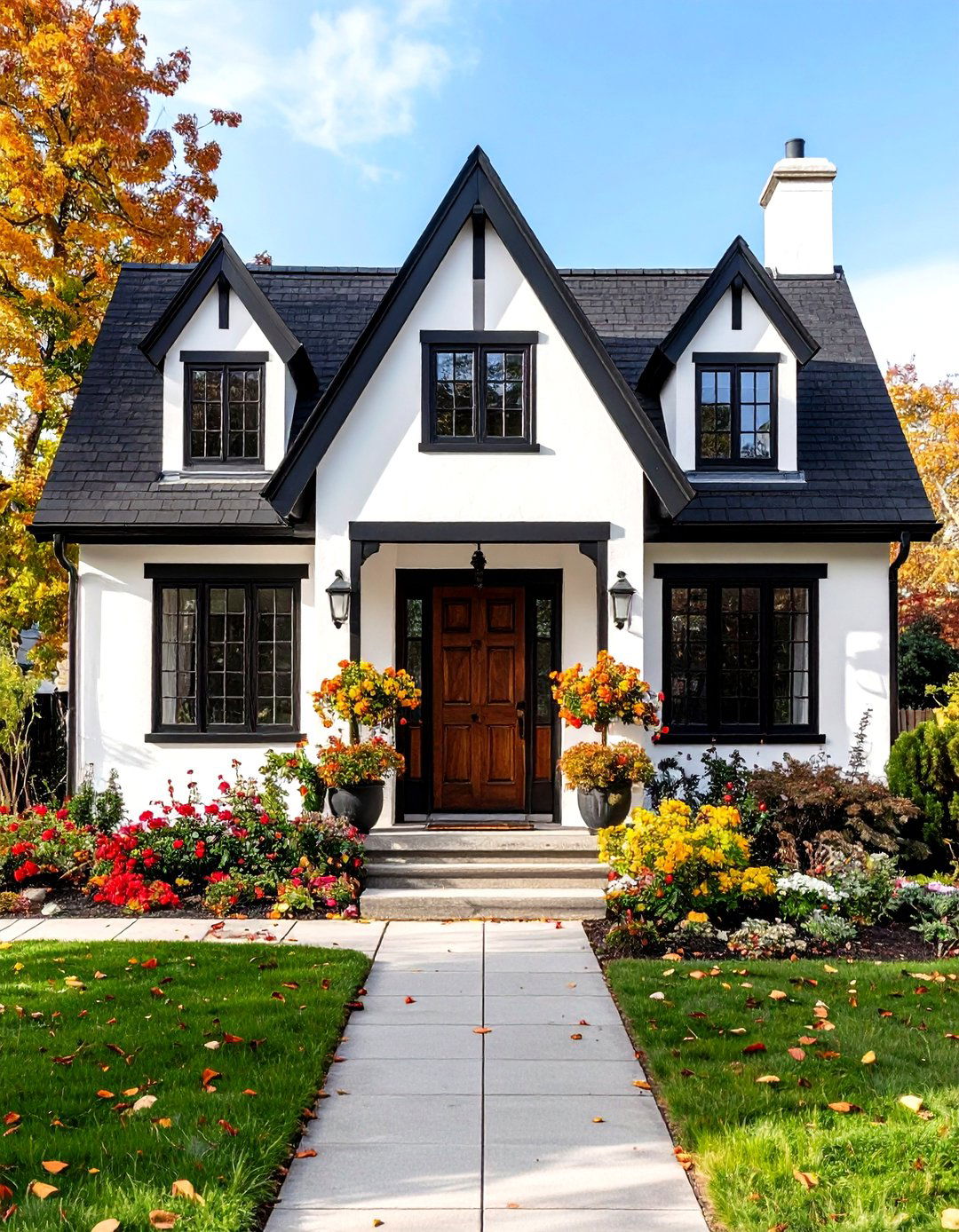
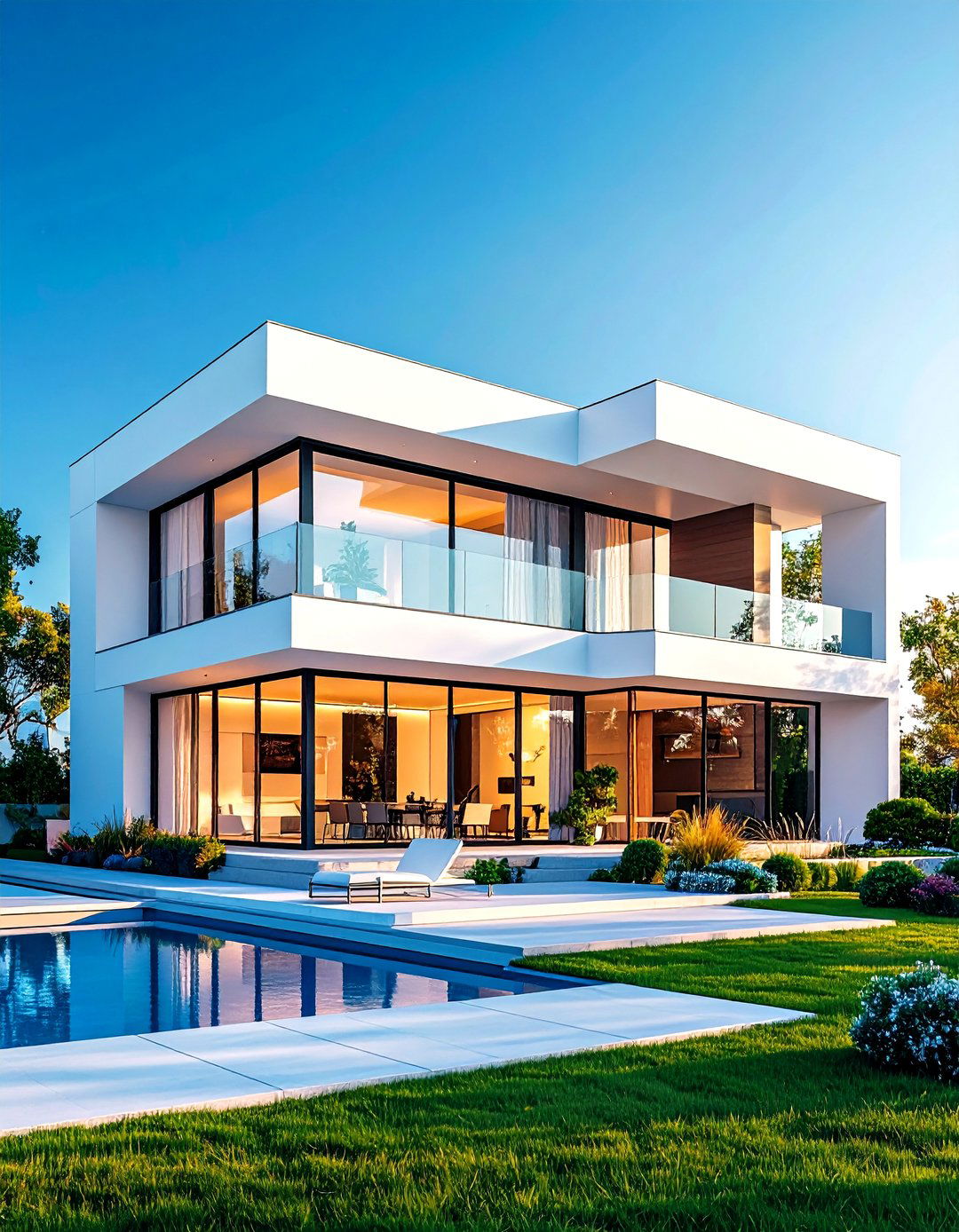
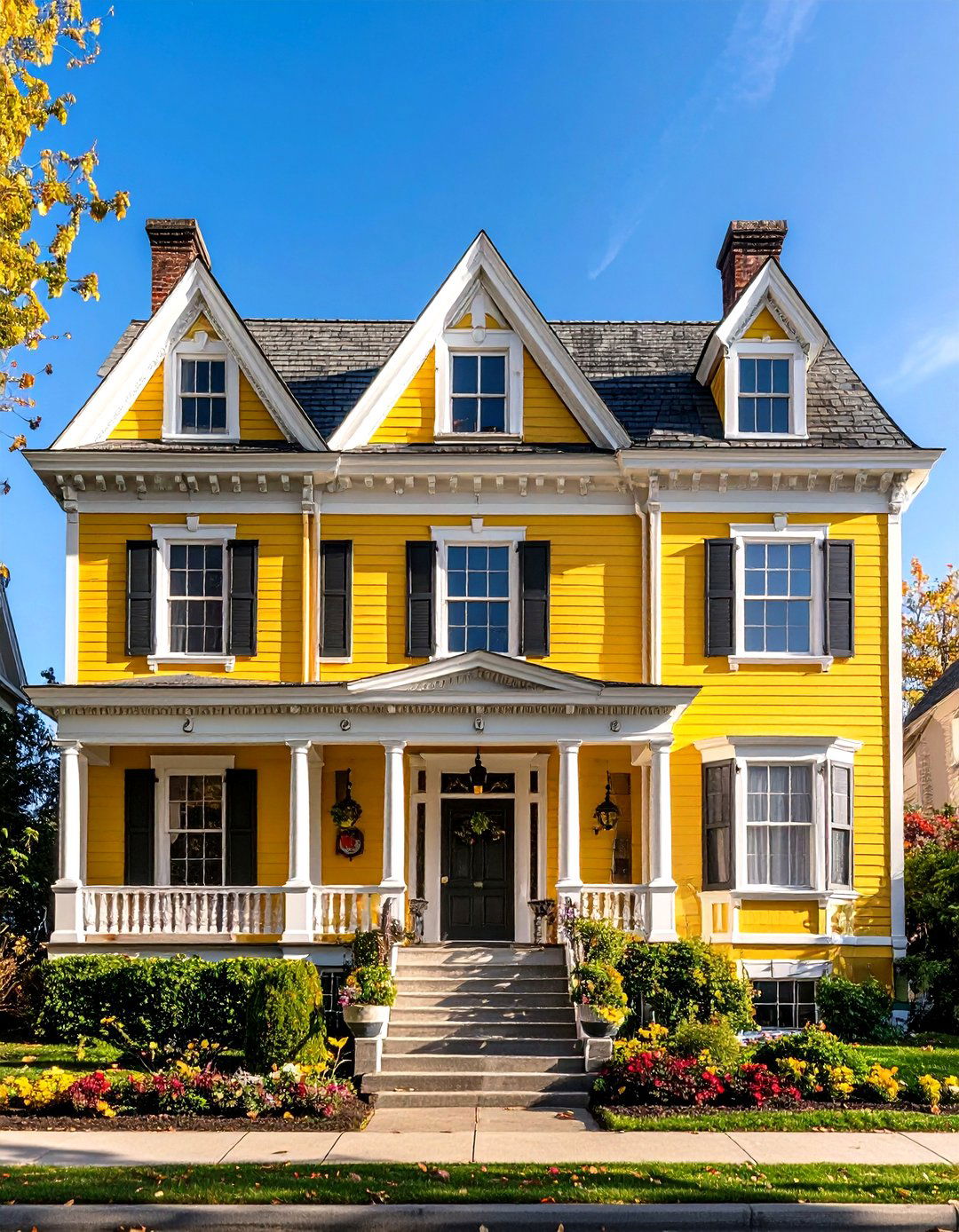
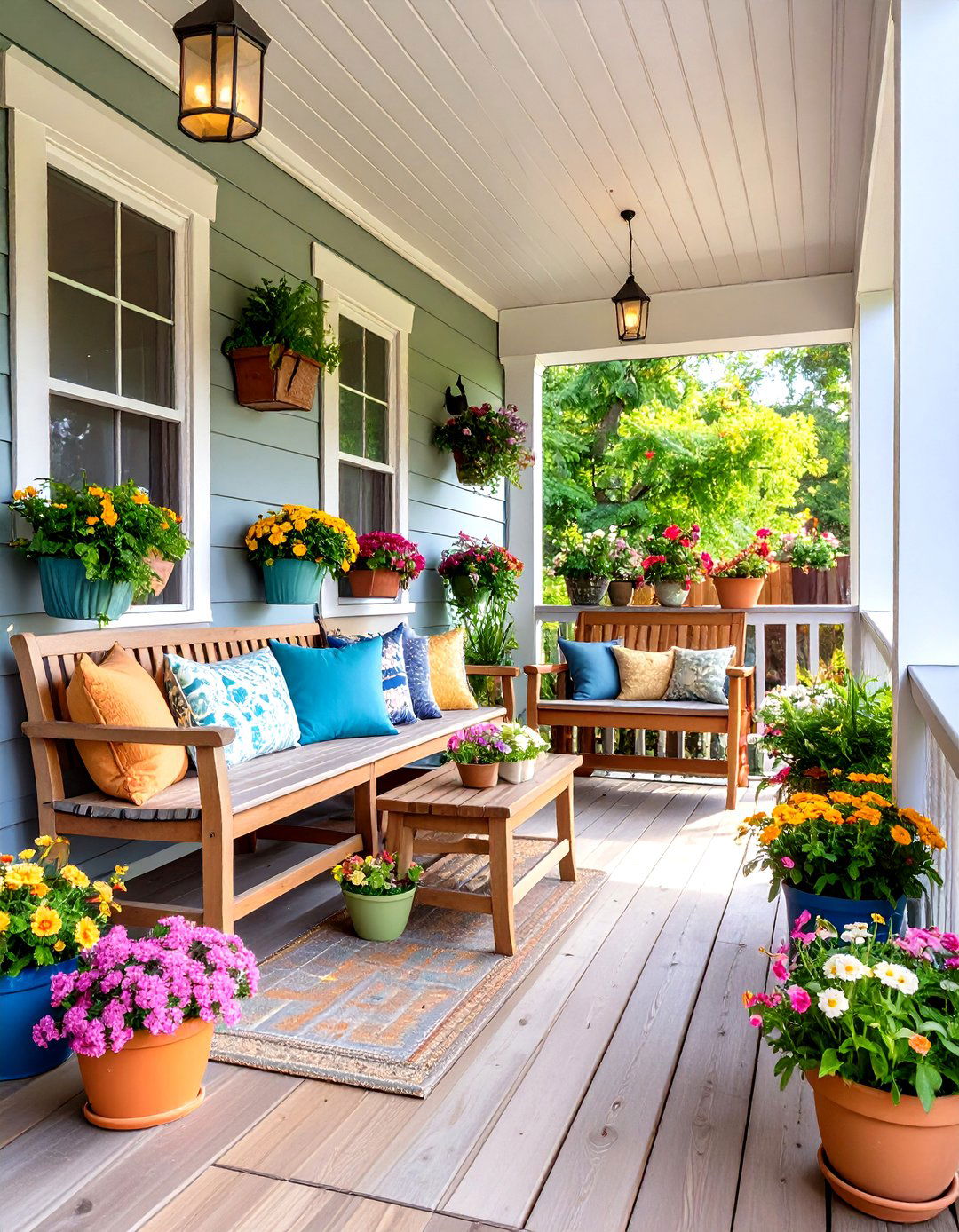
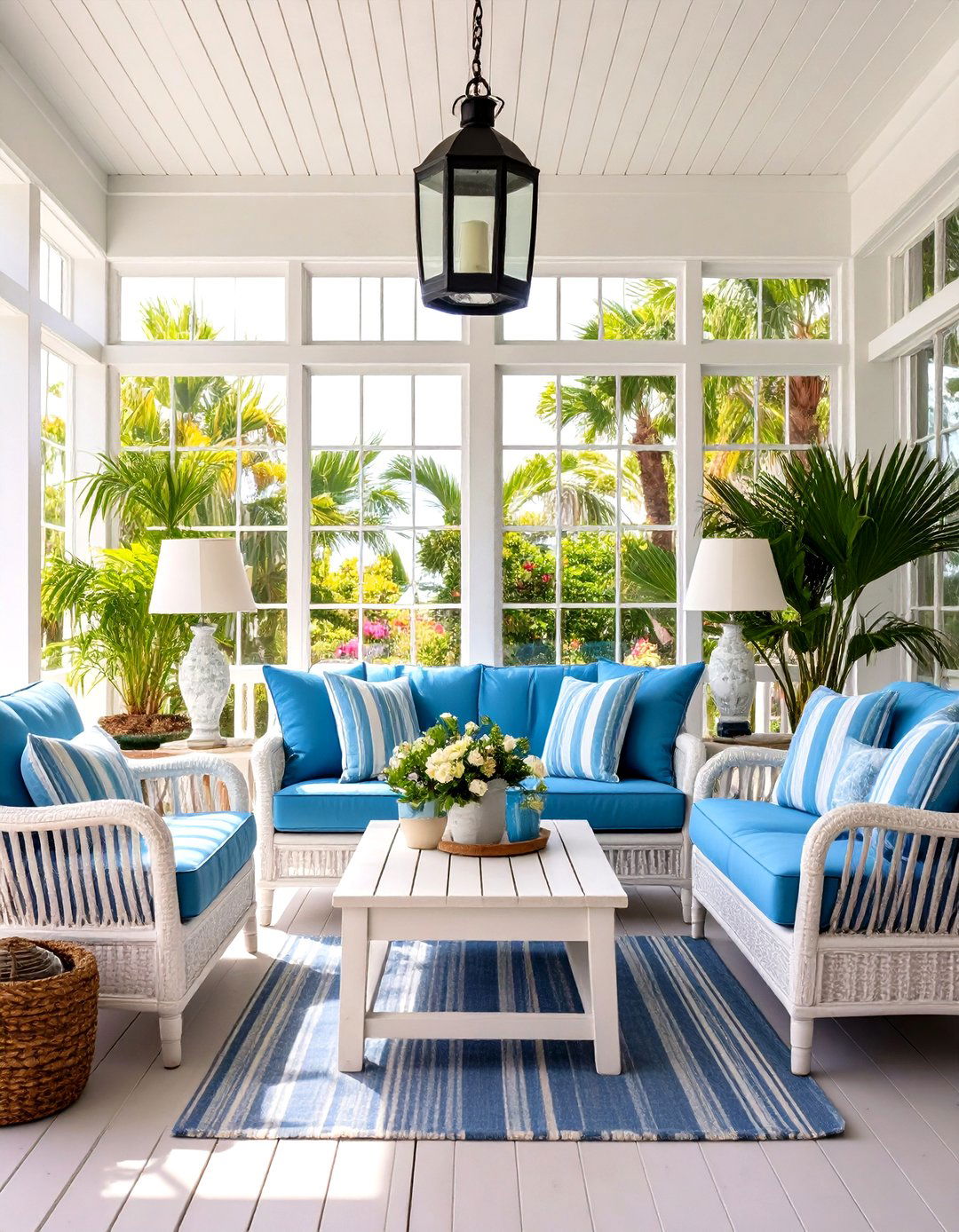
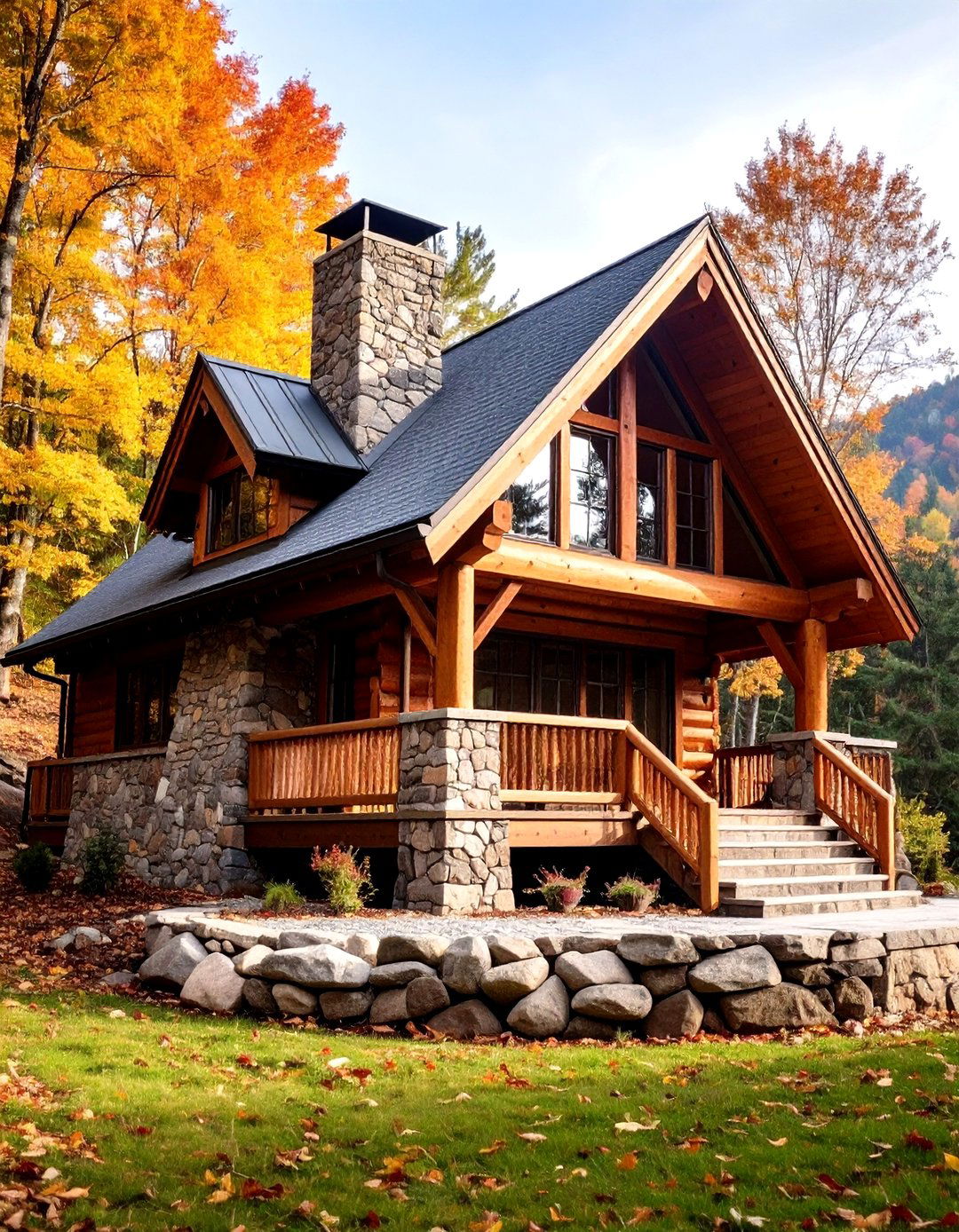

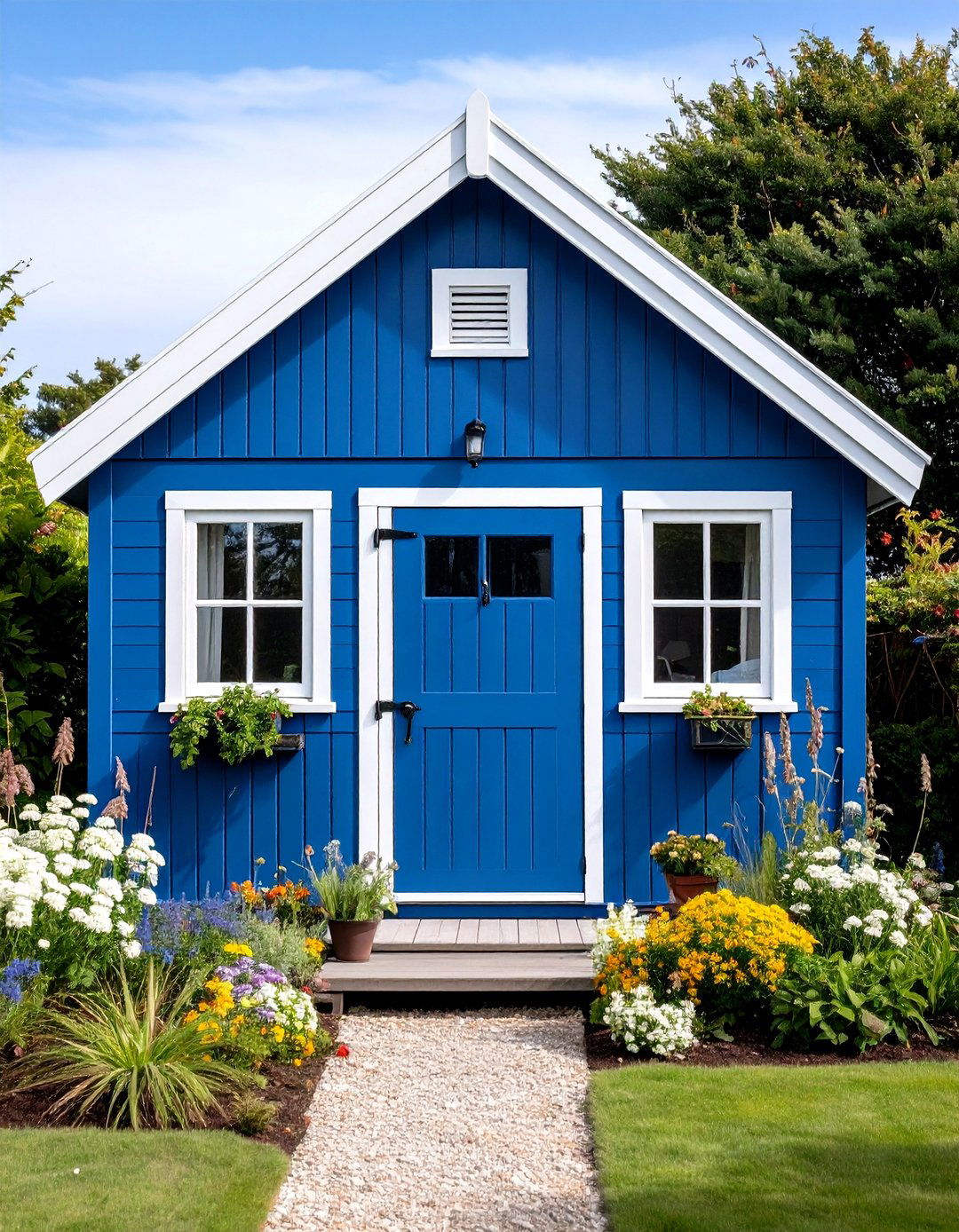
Leave a Reply